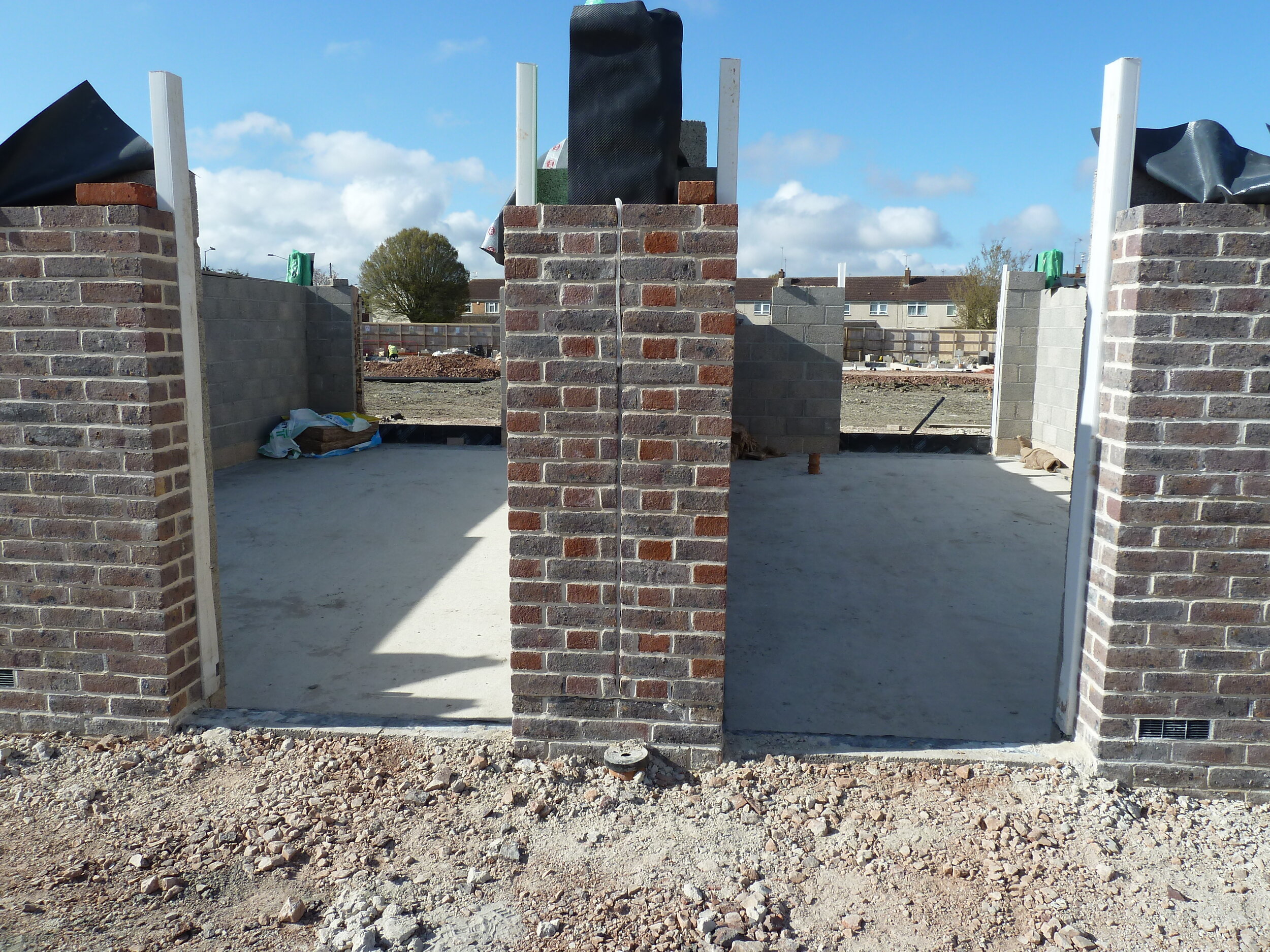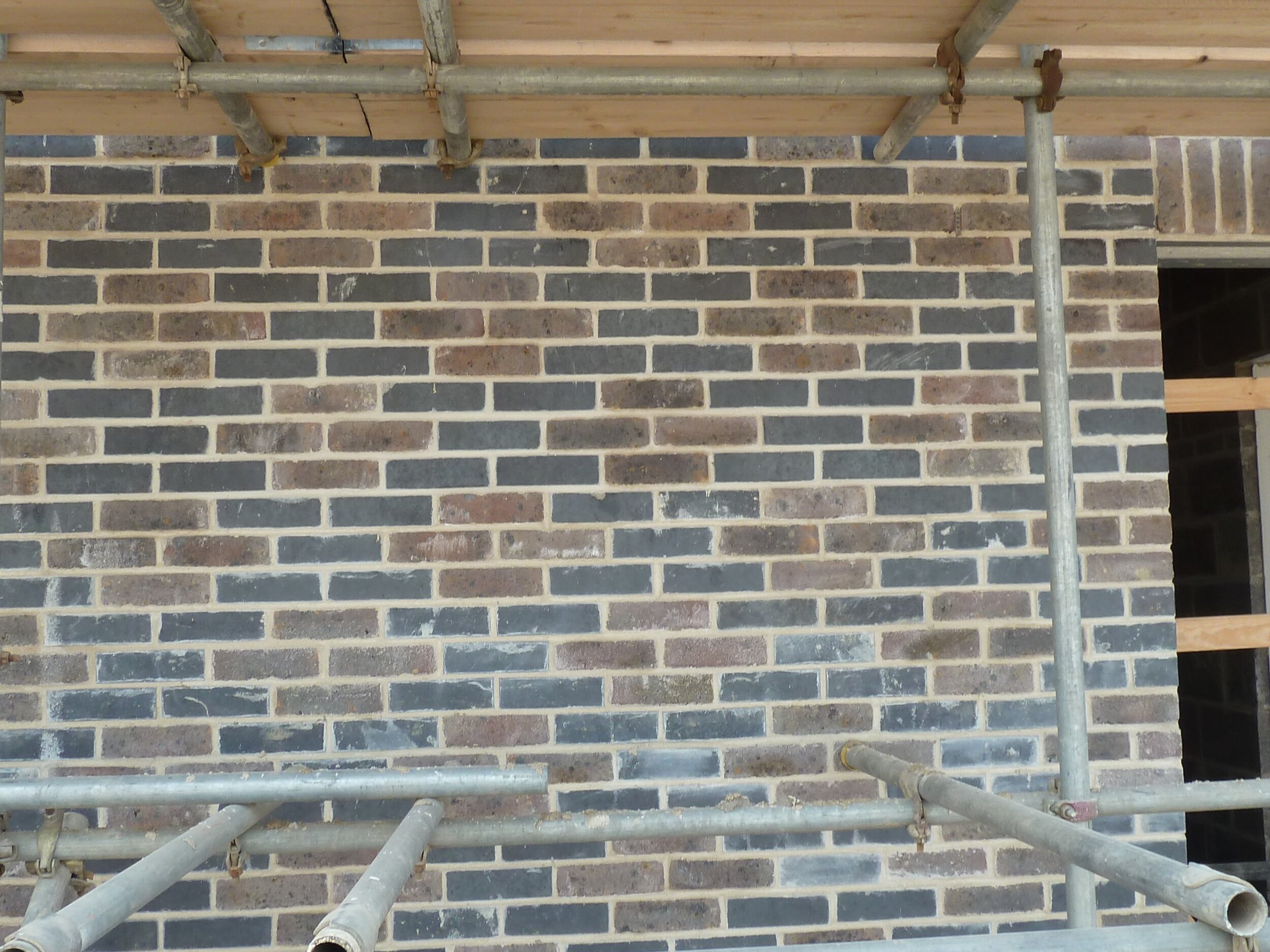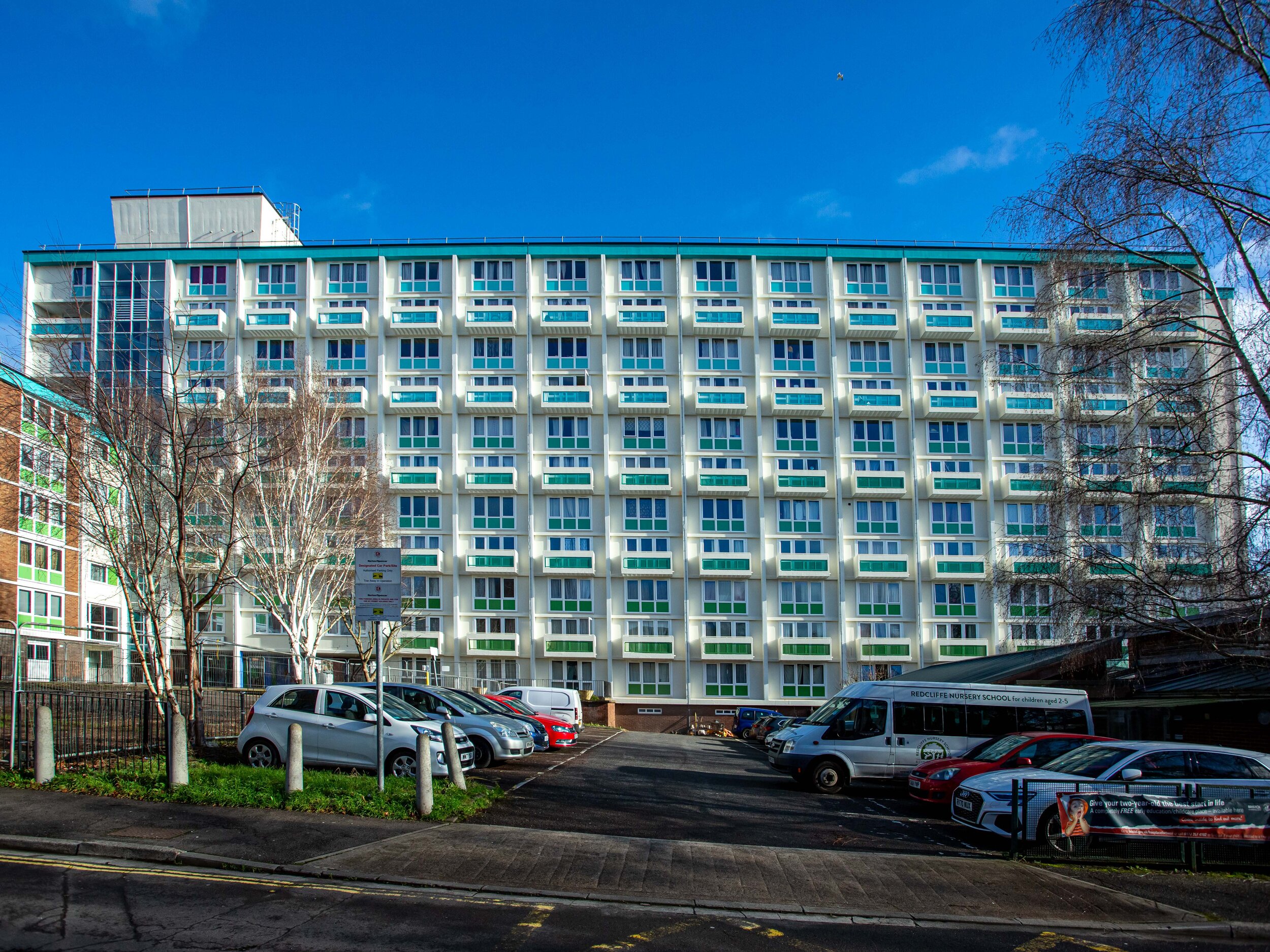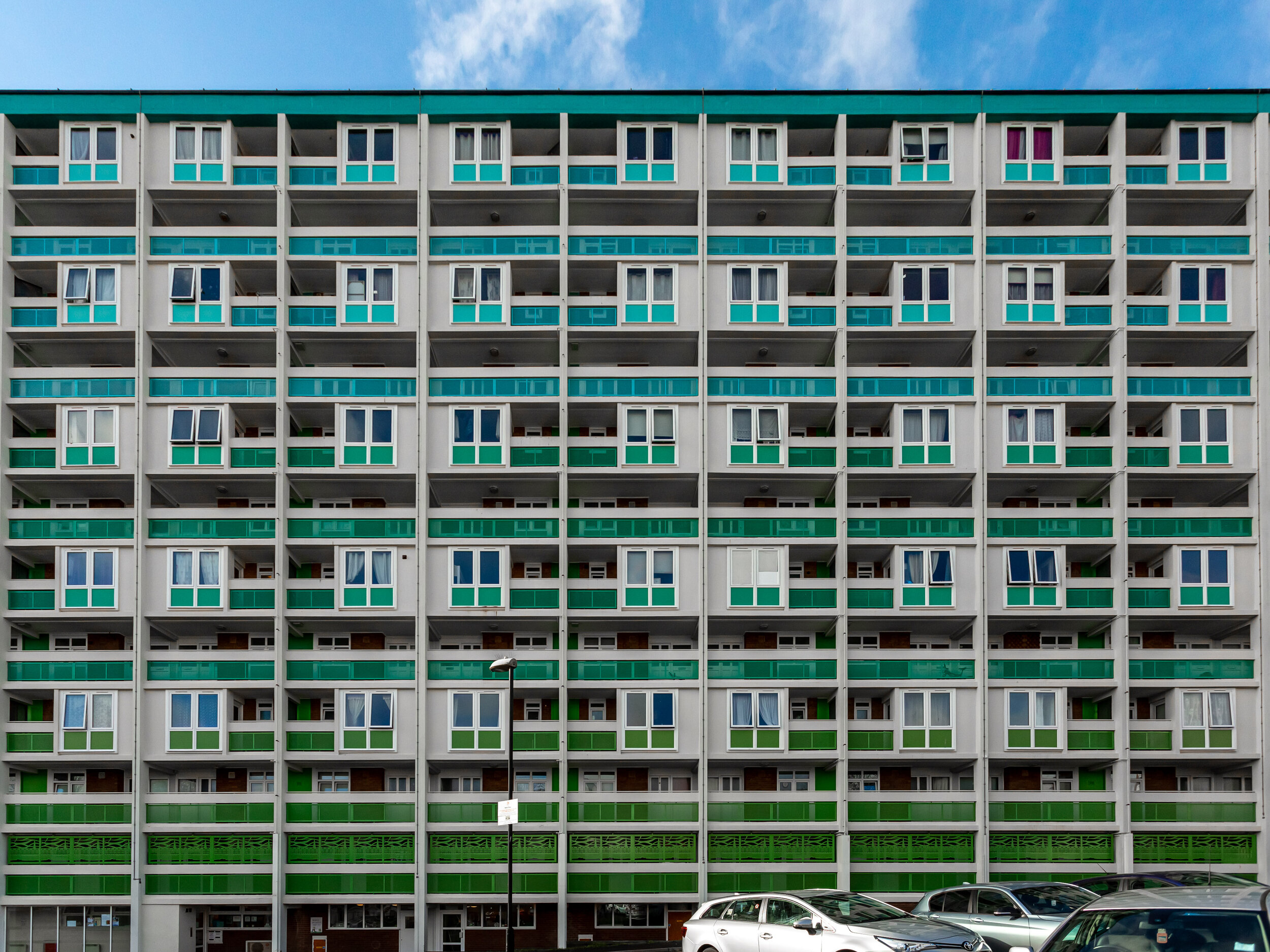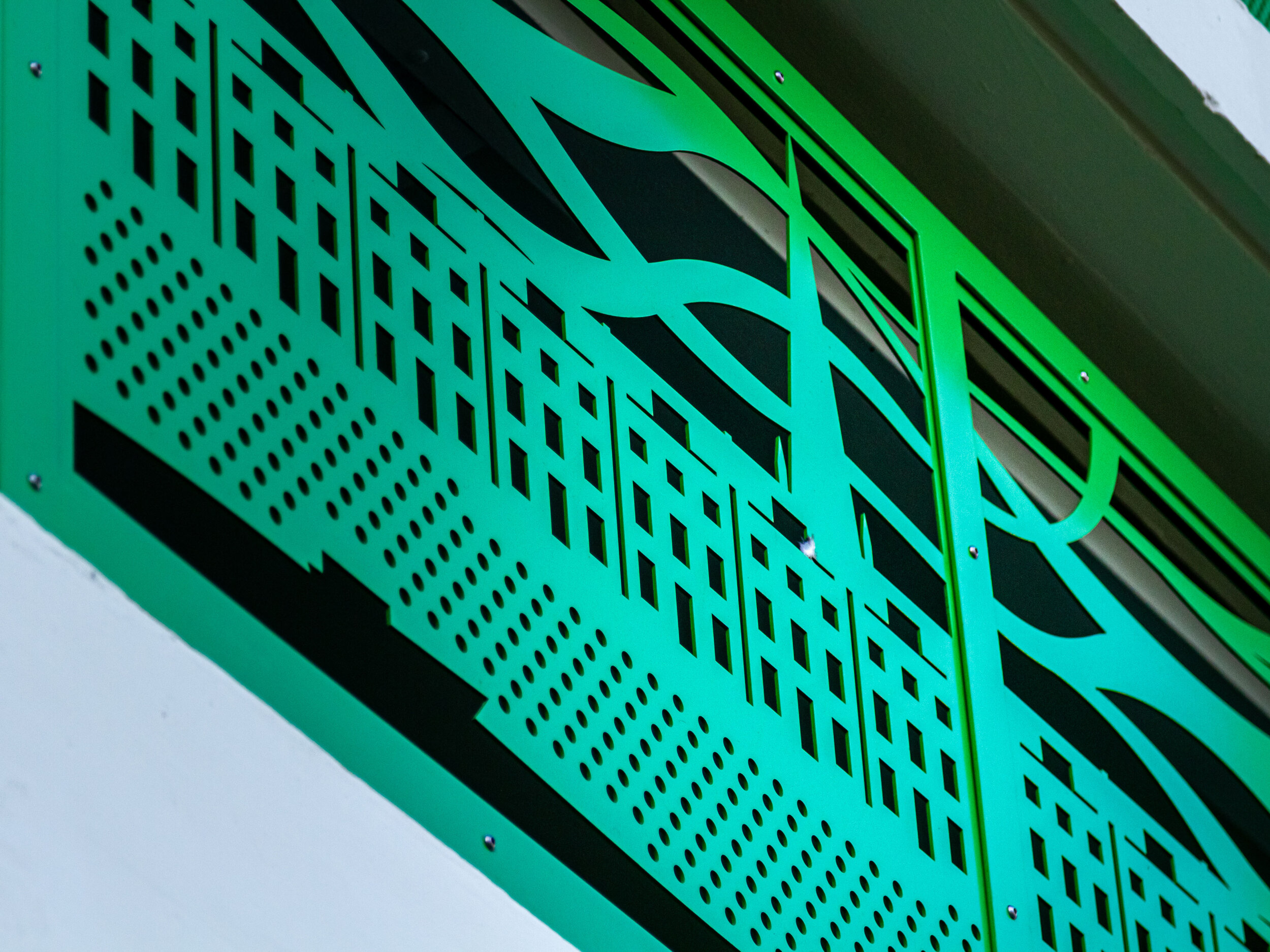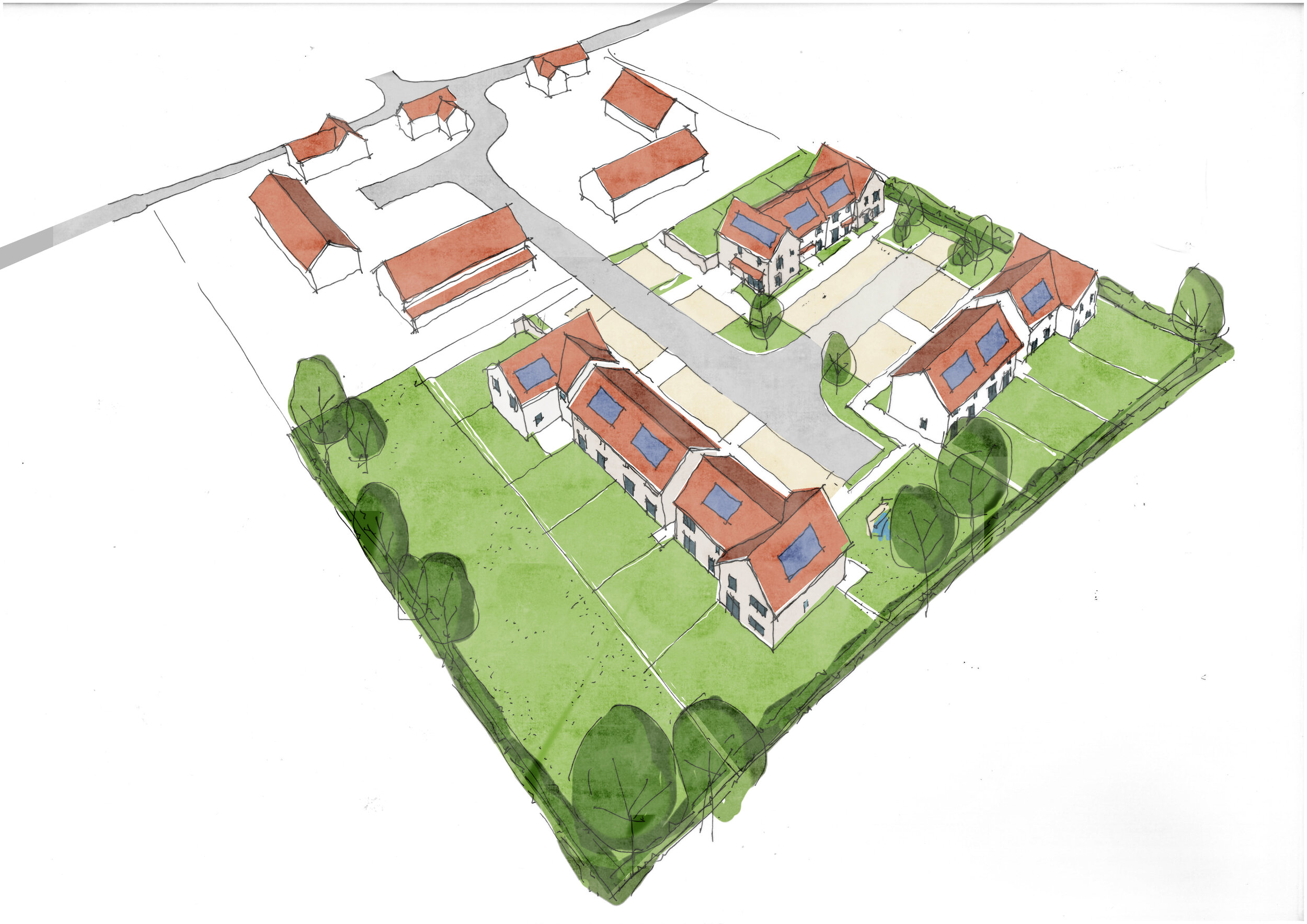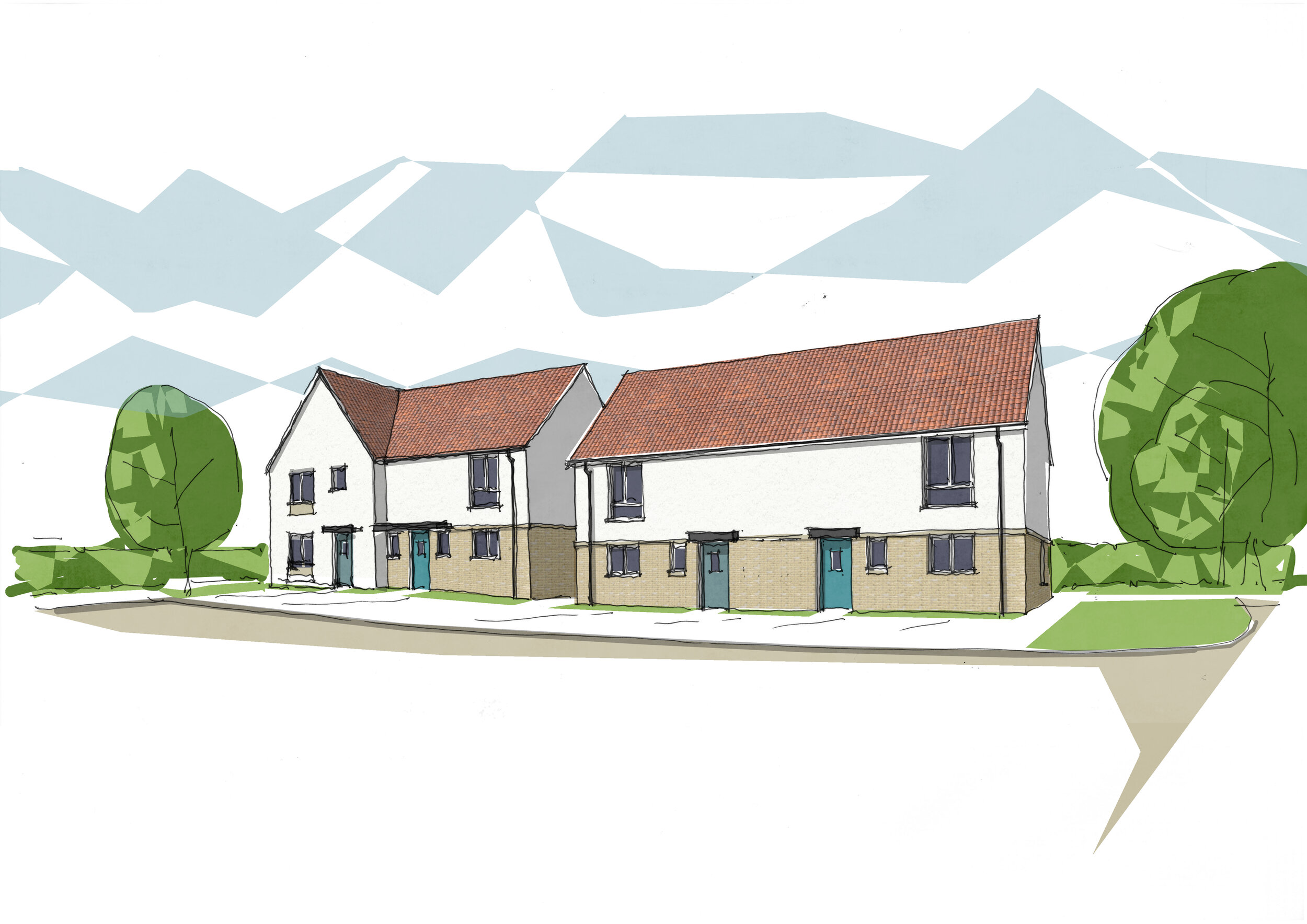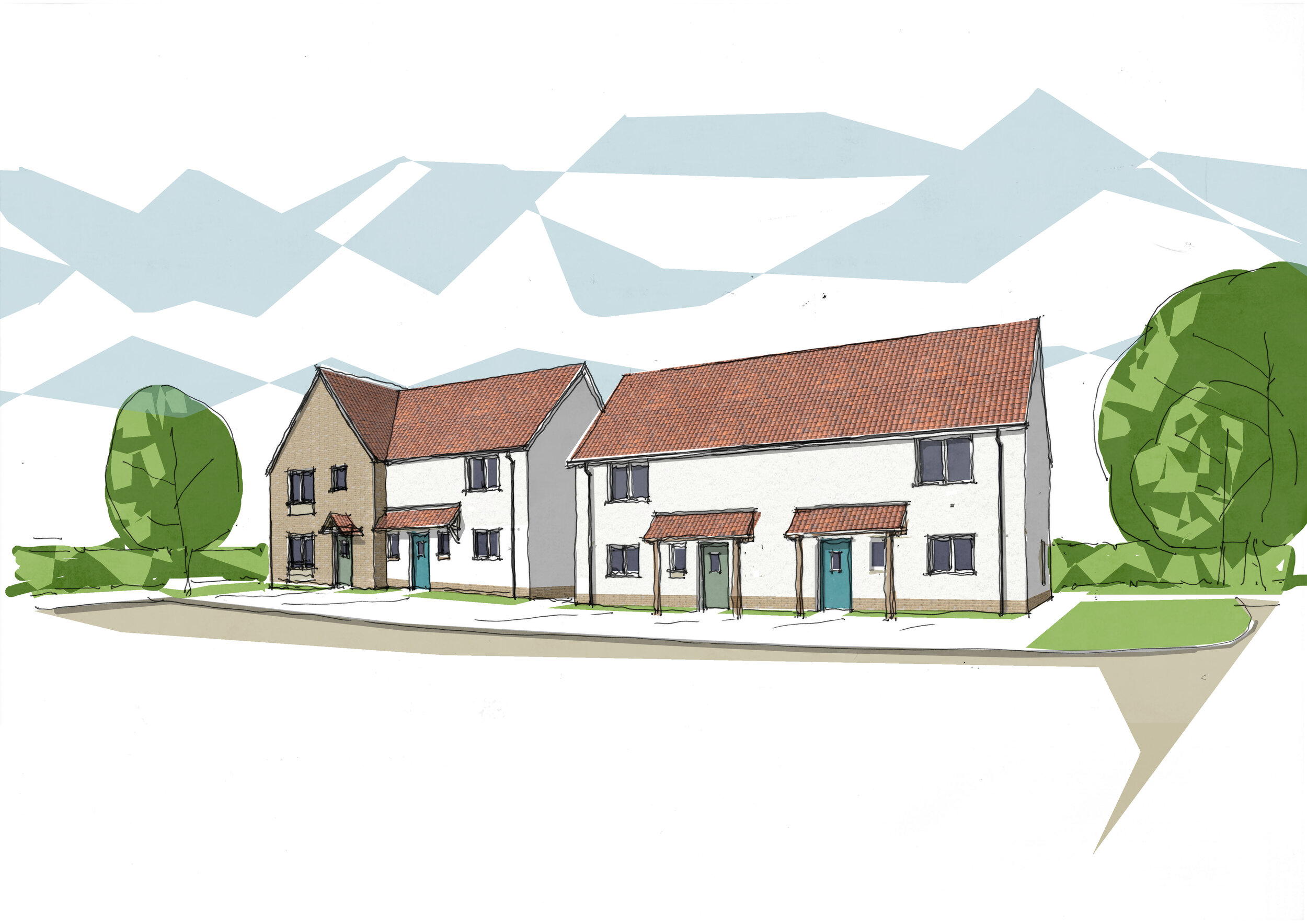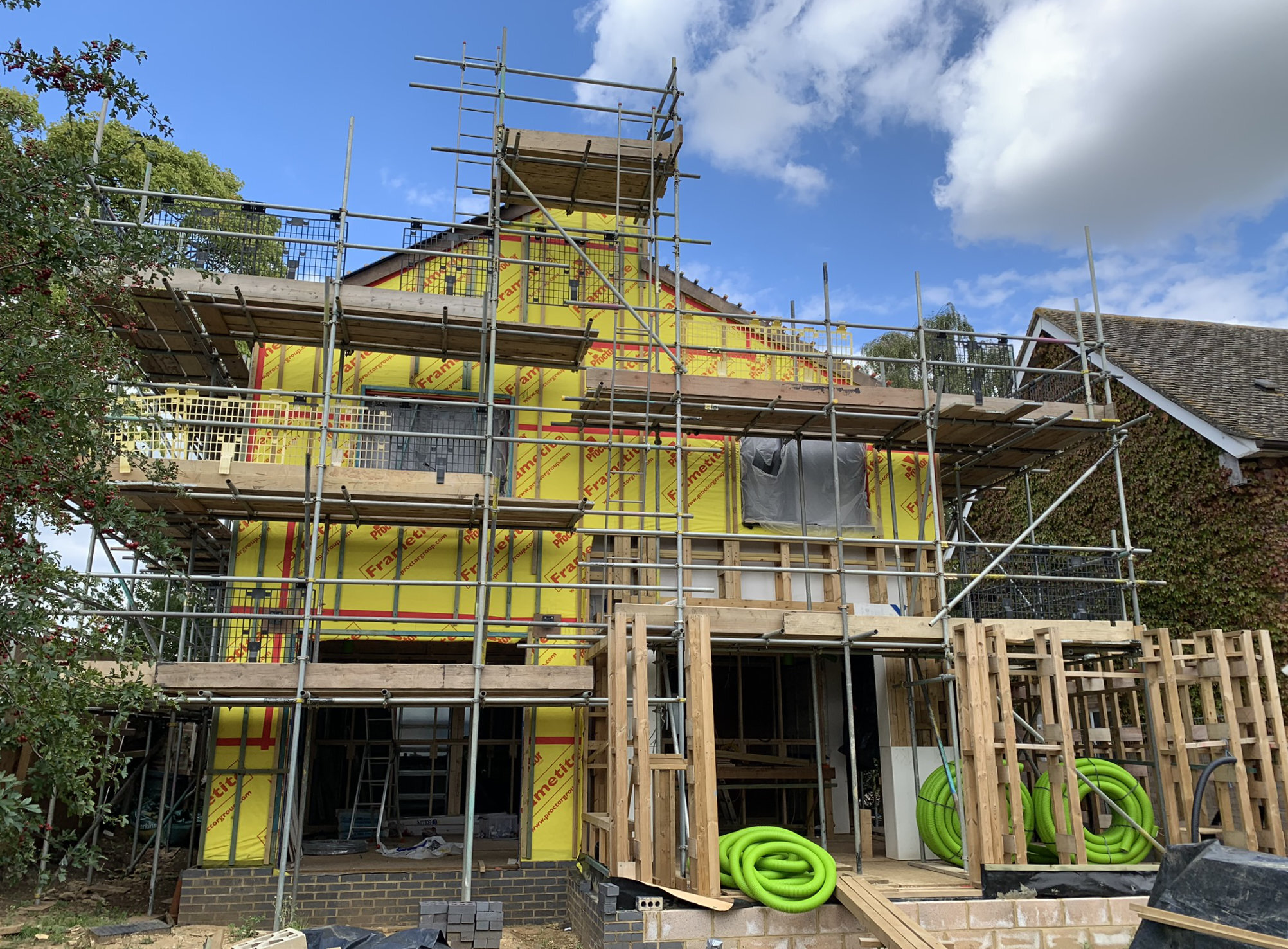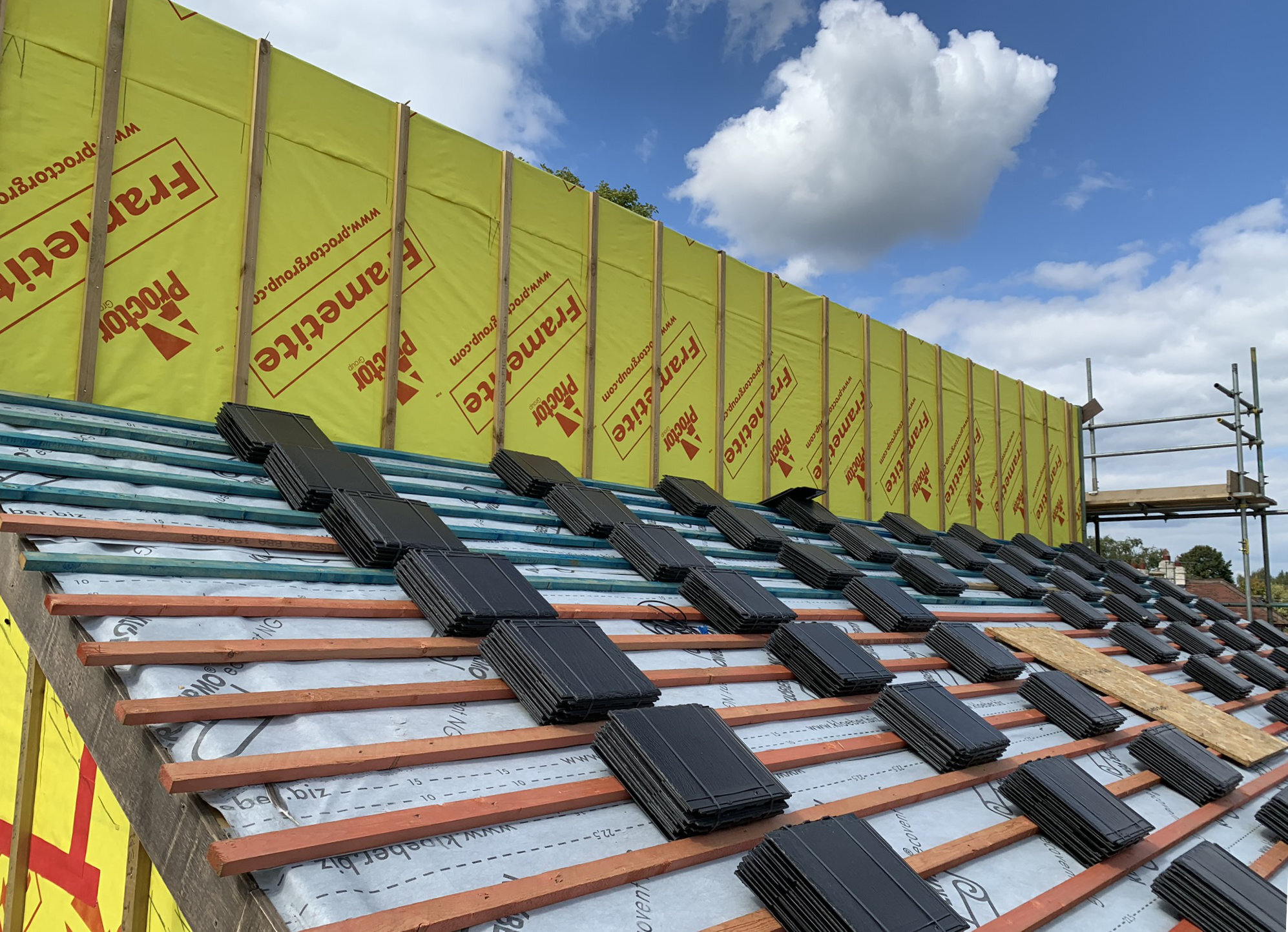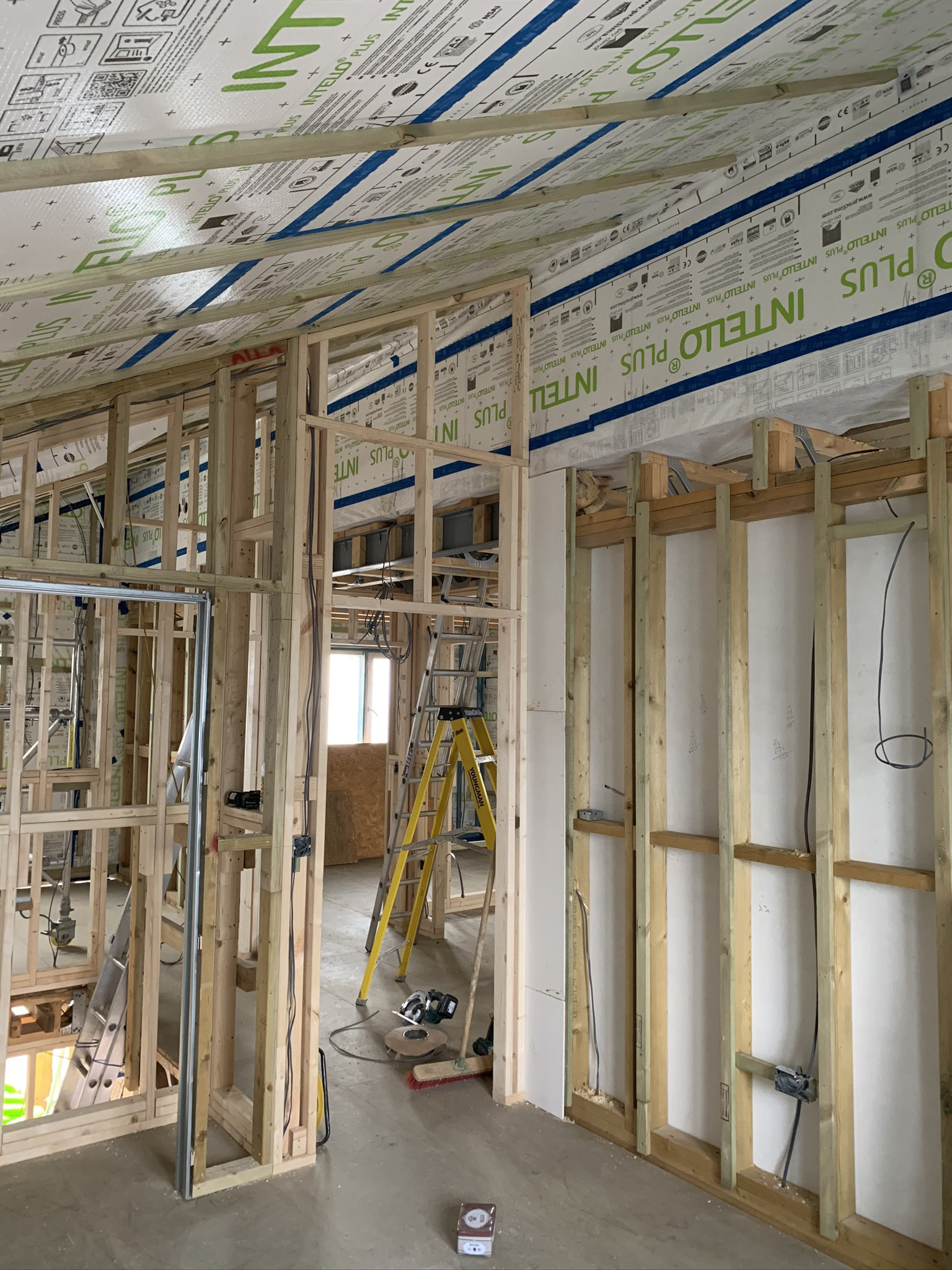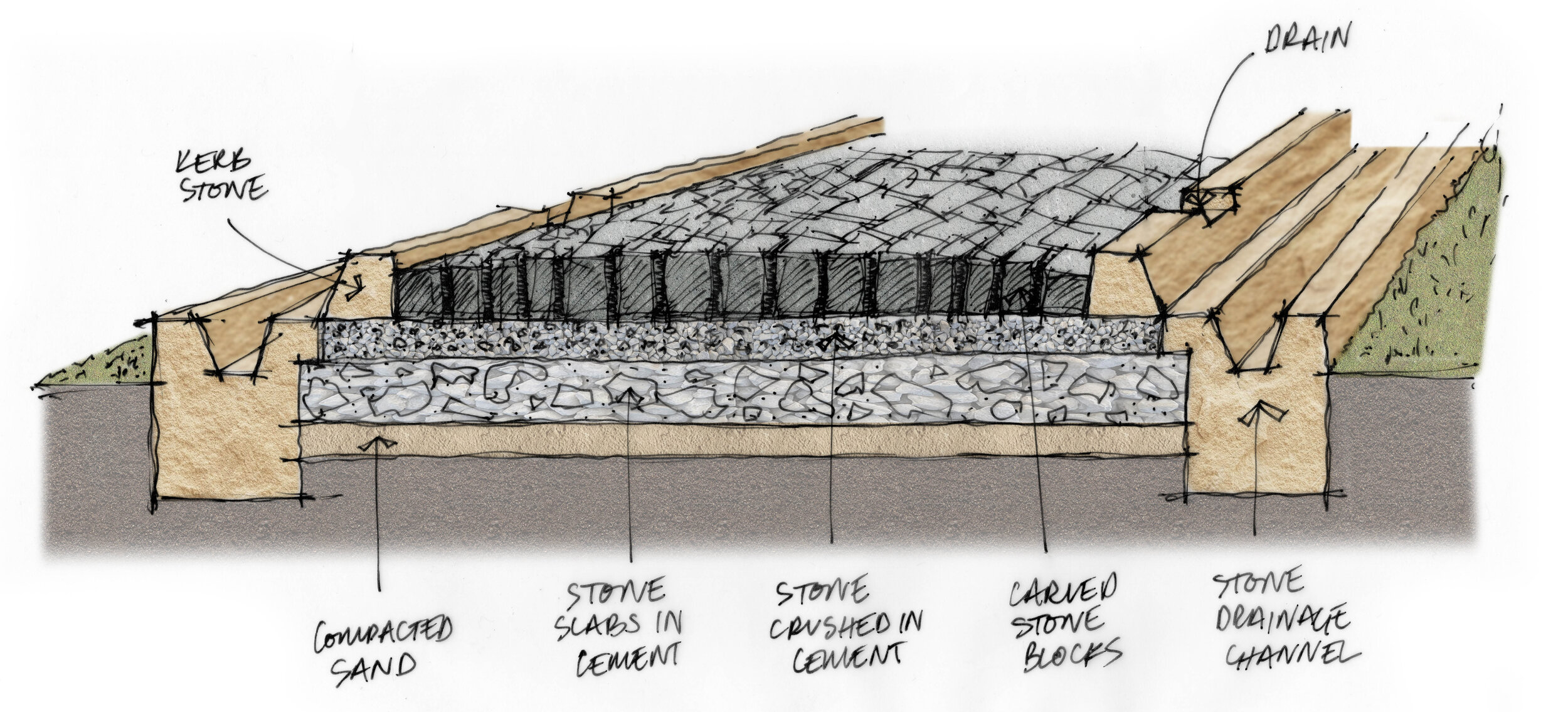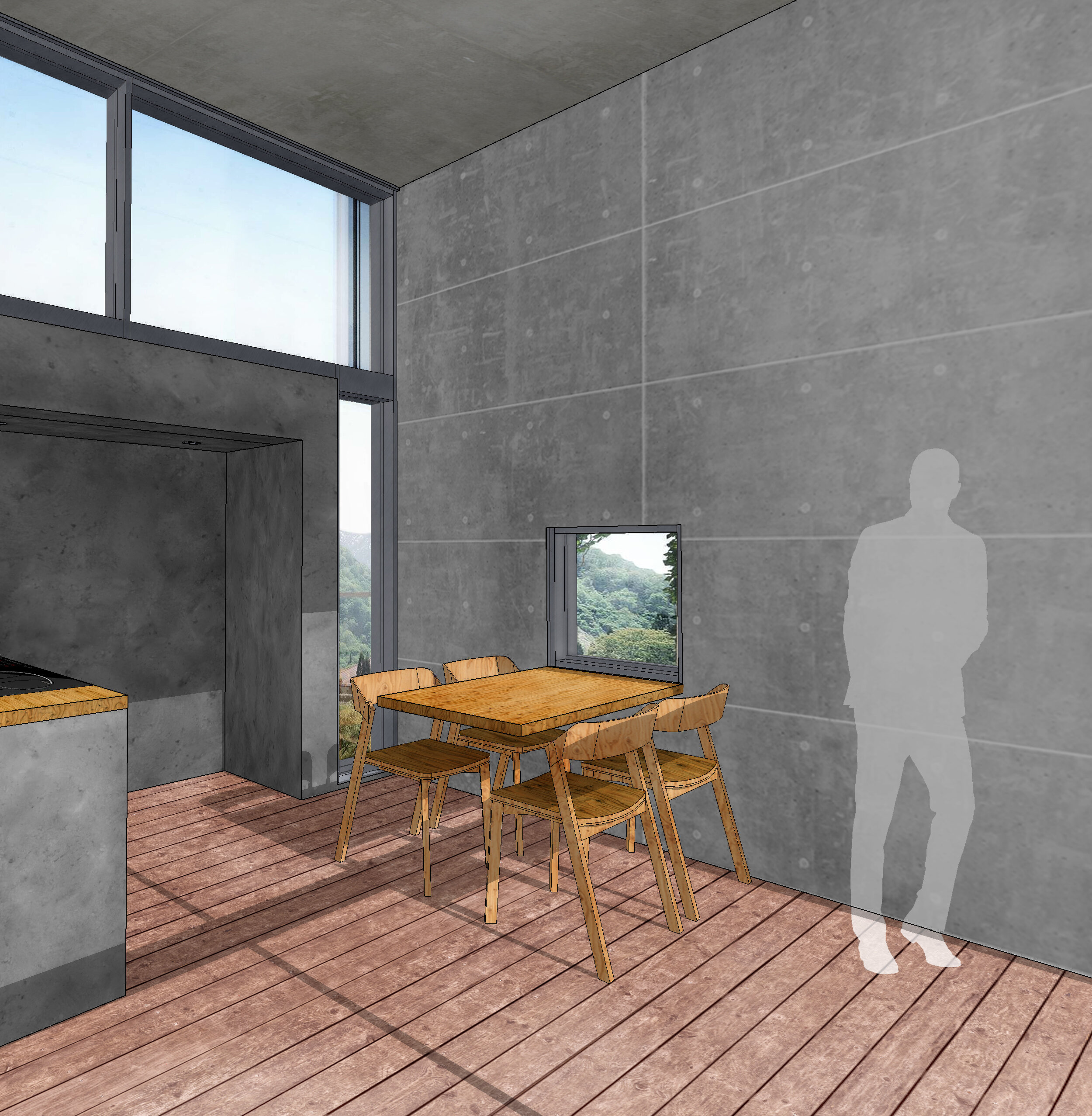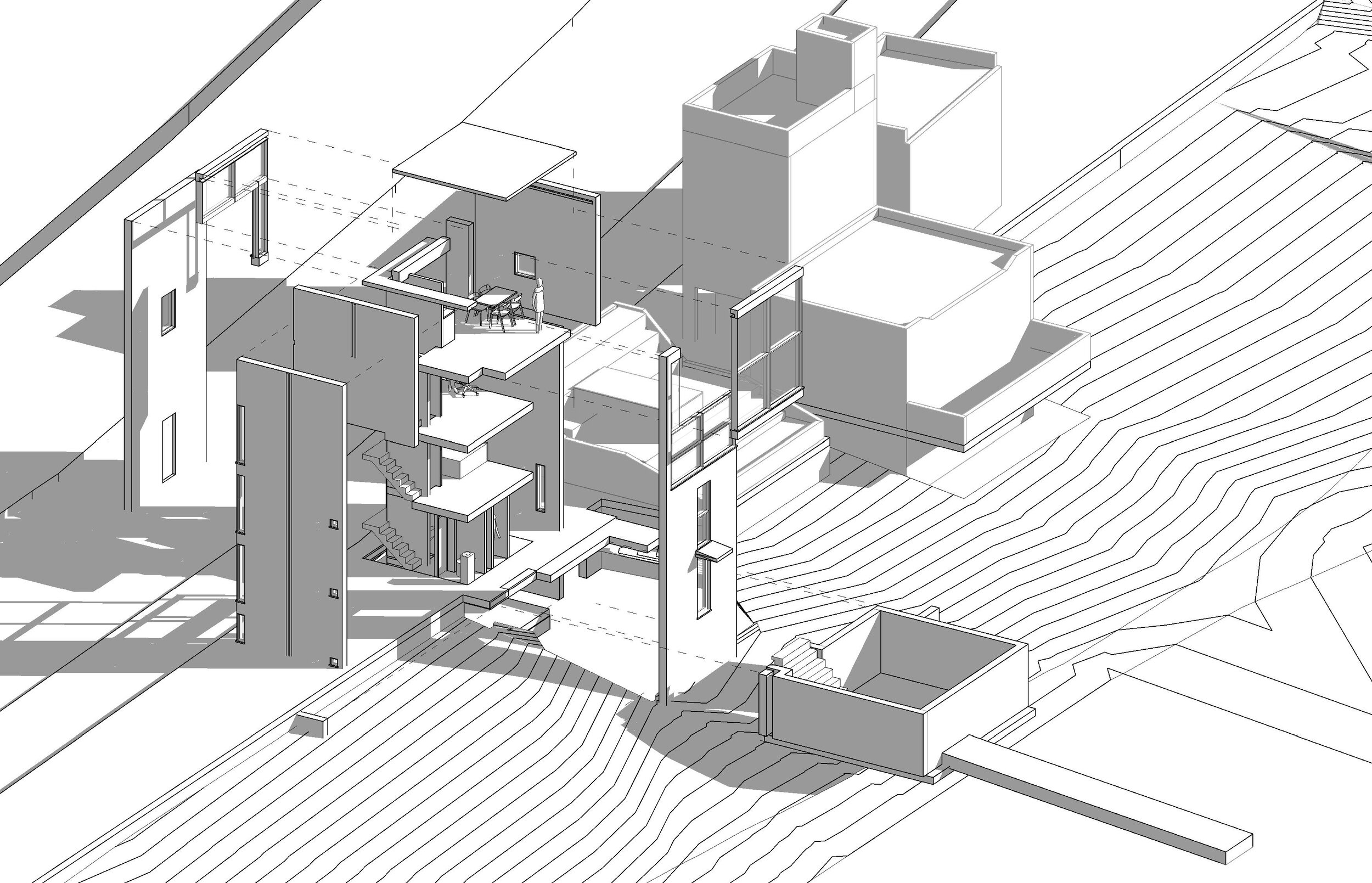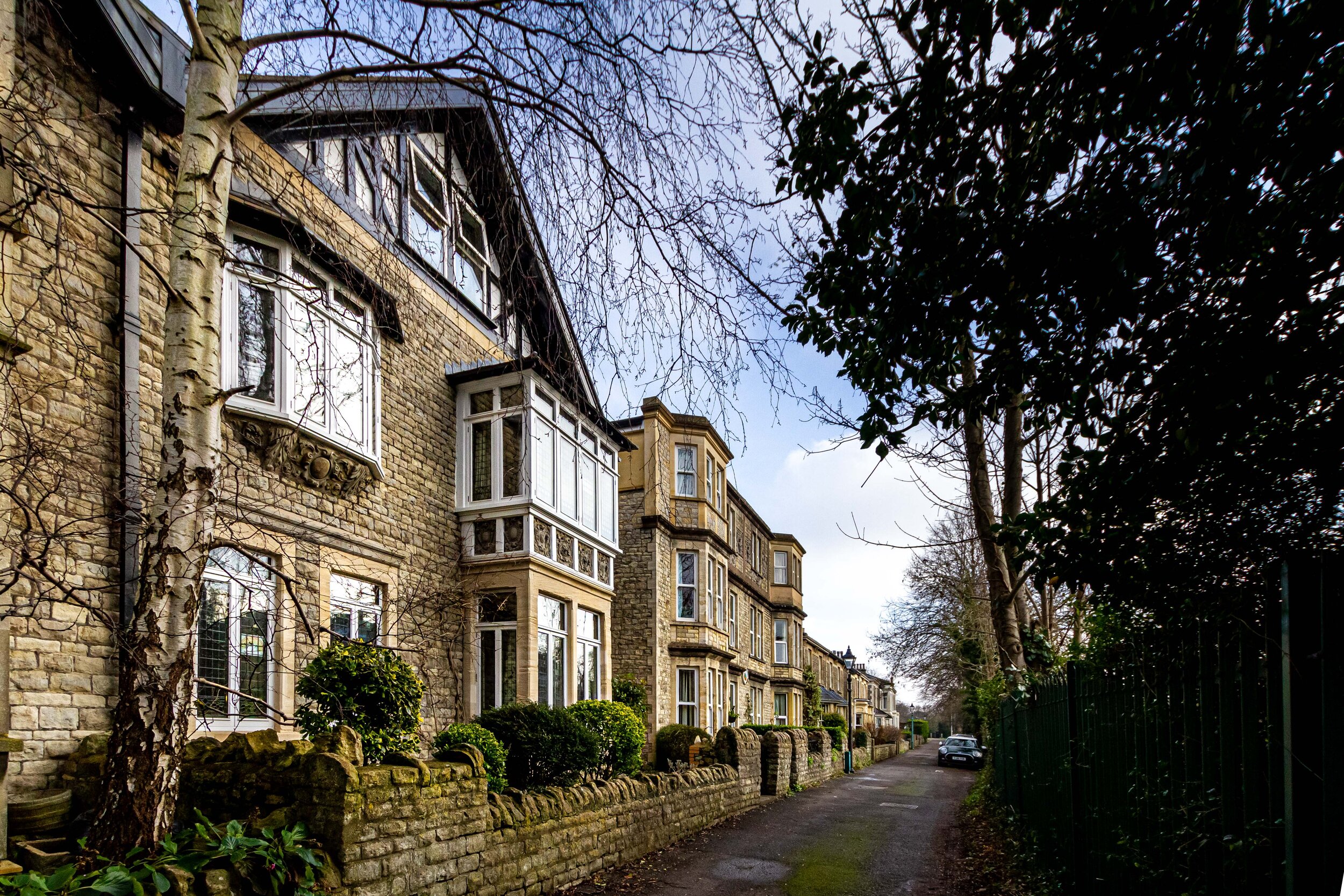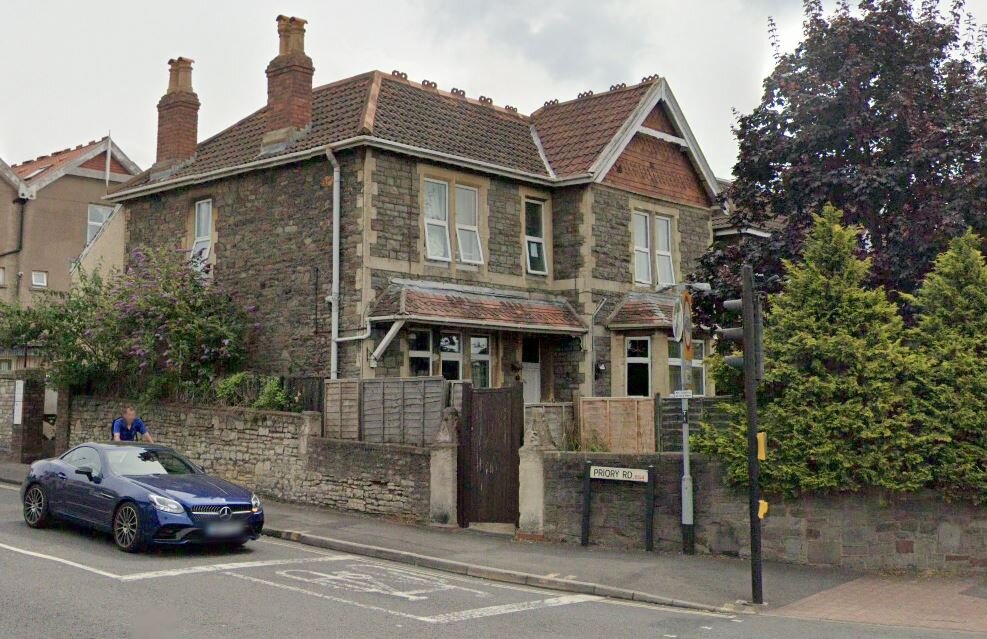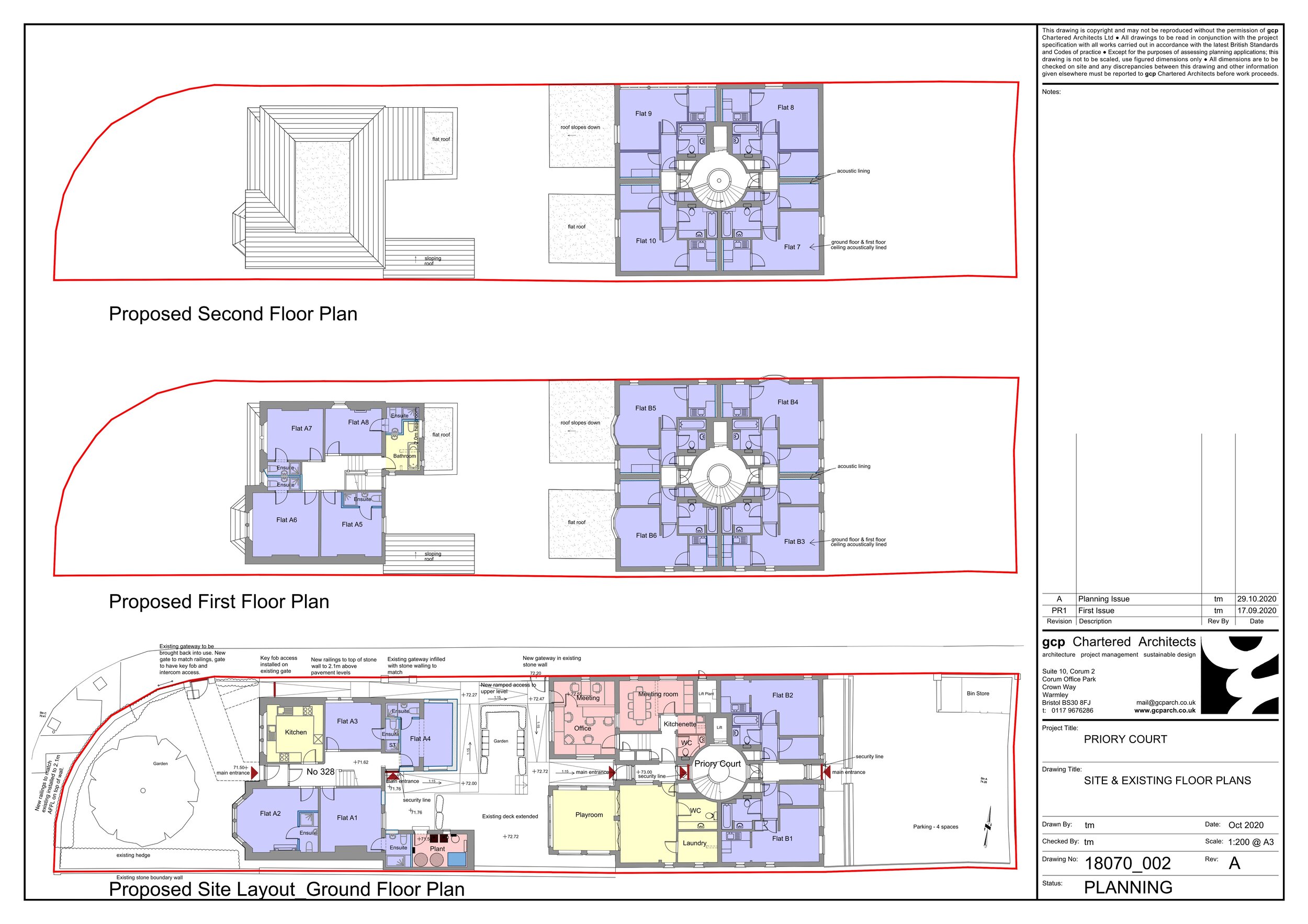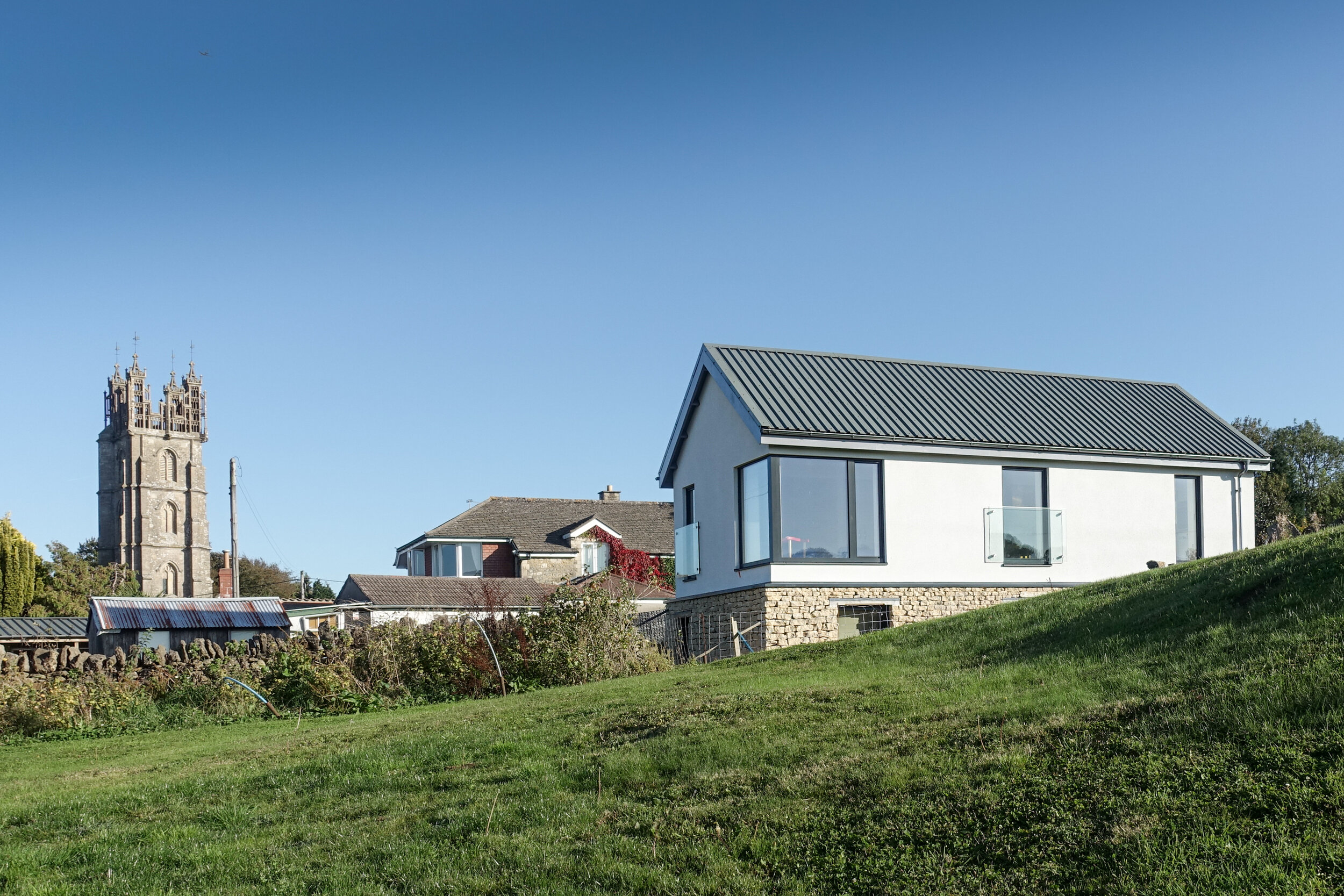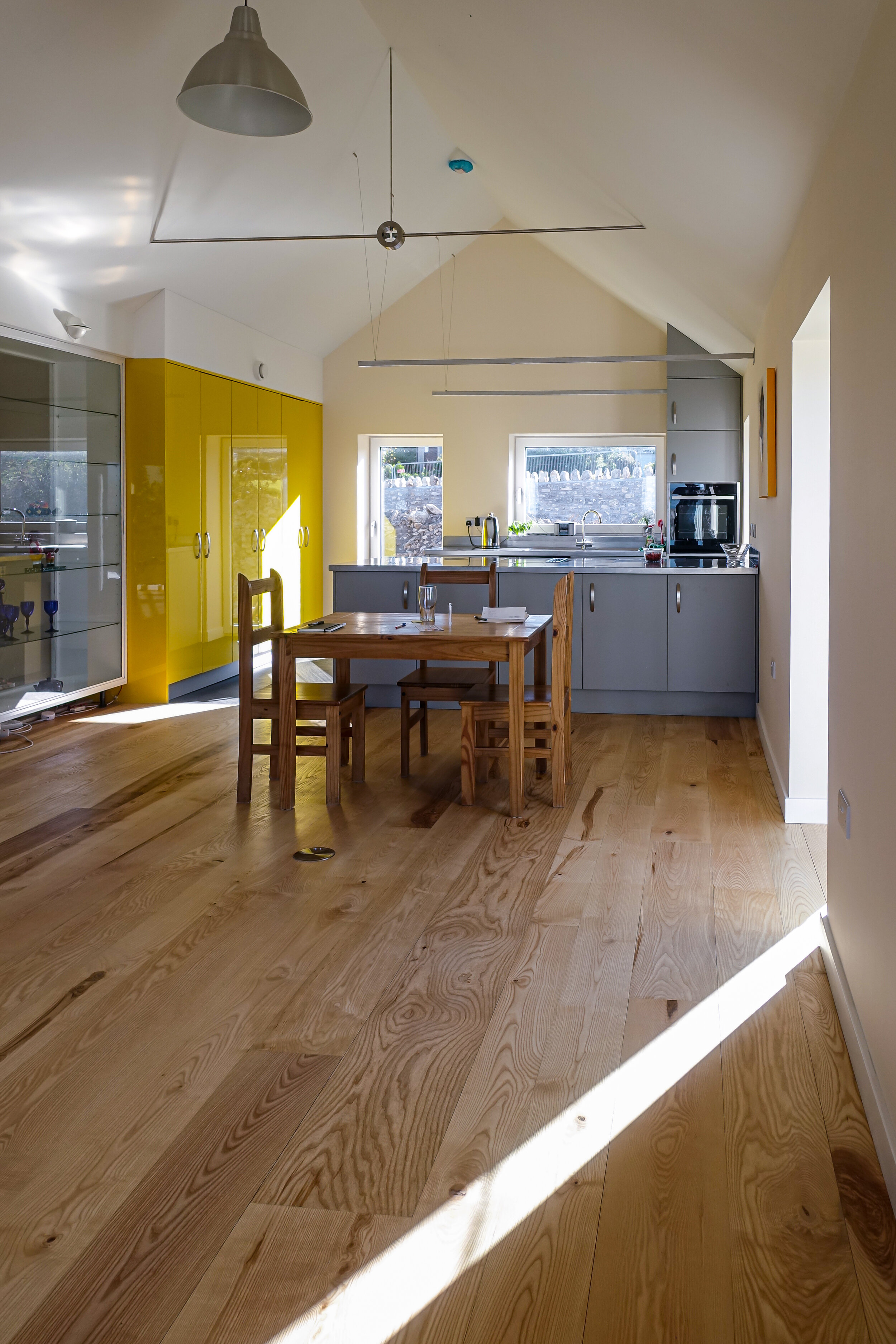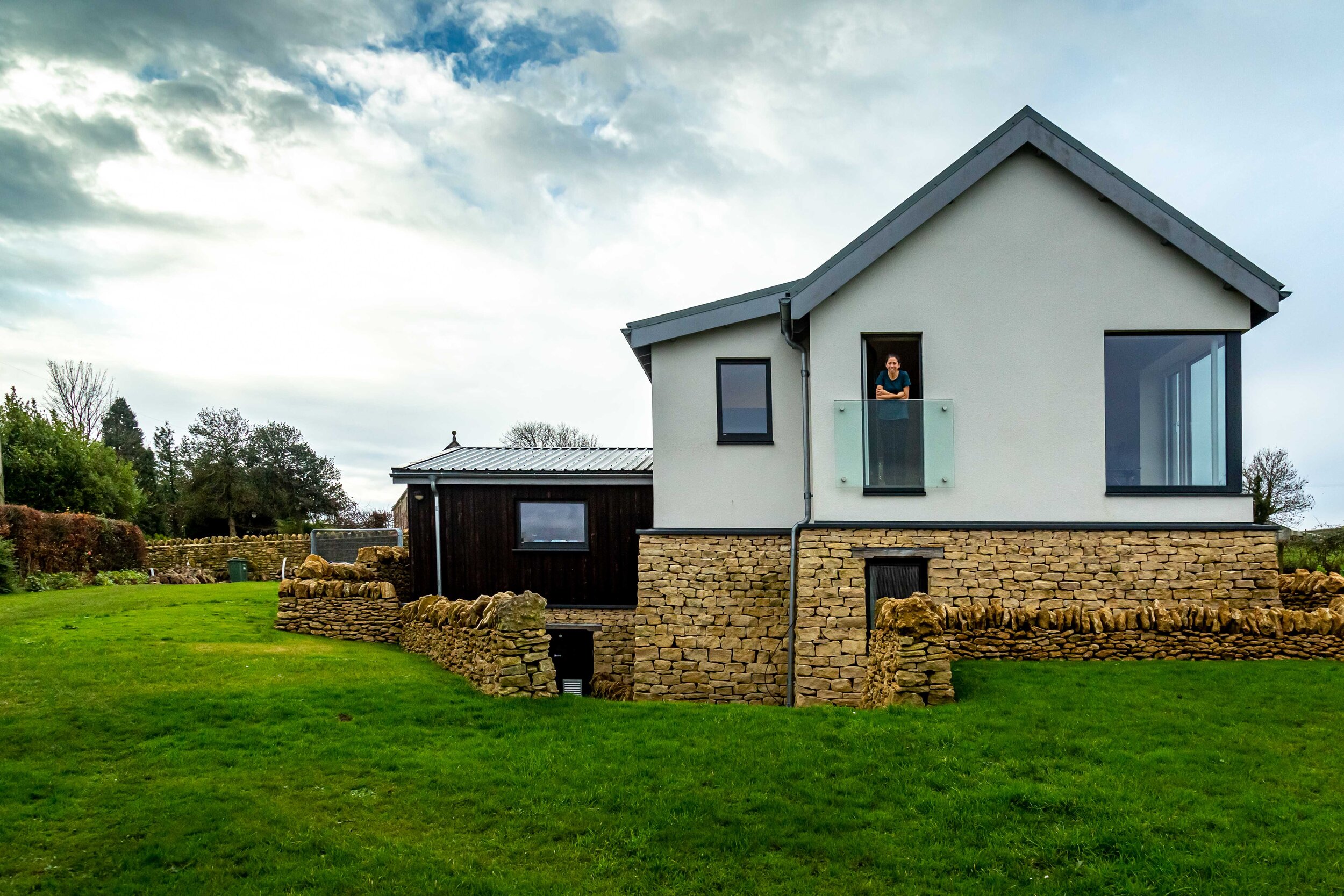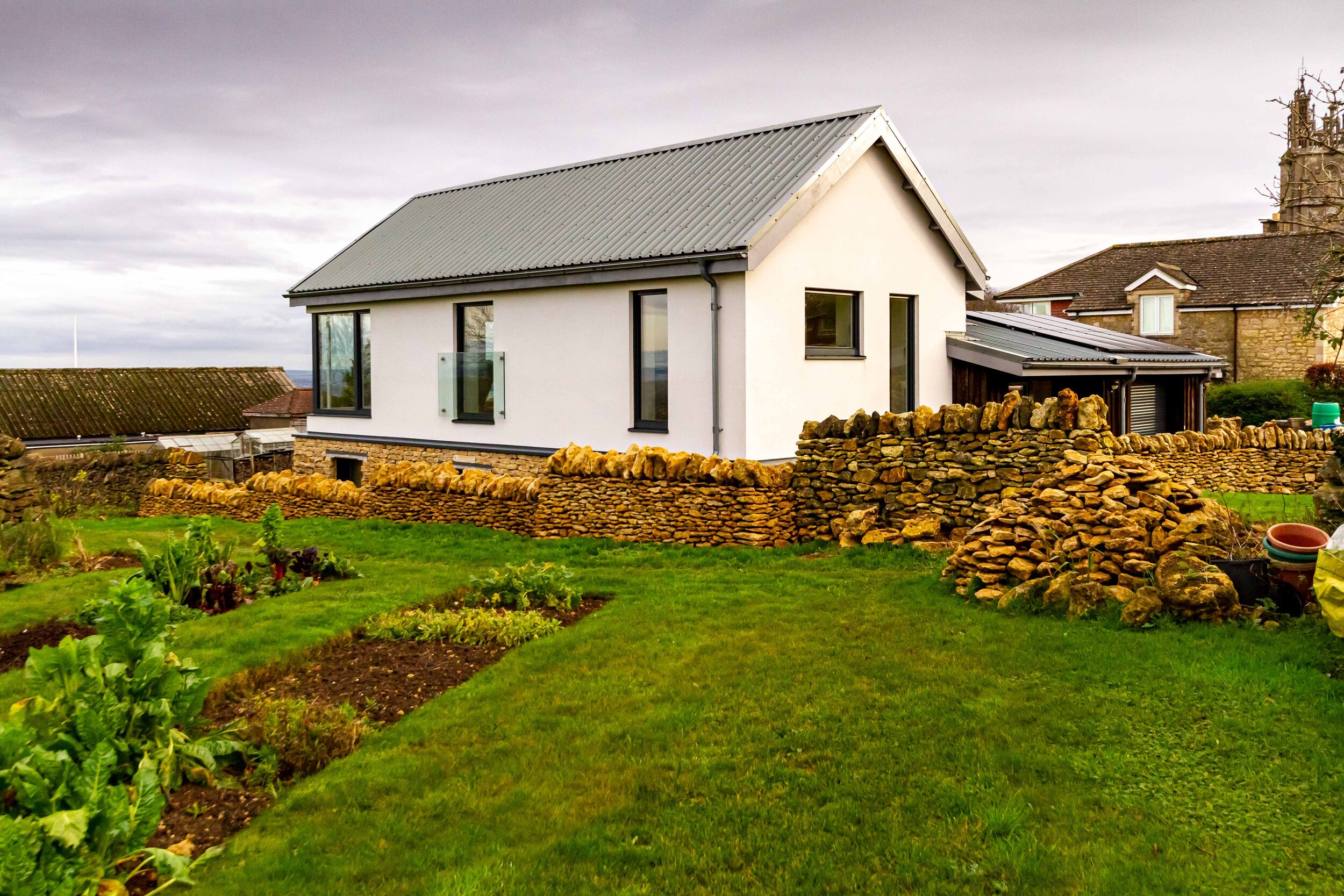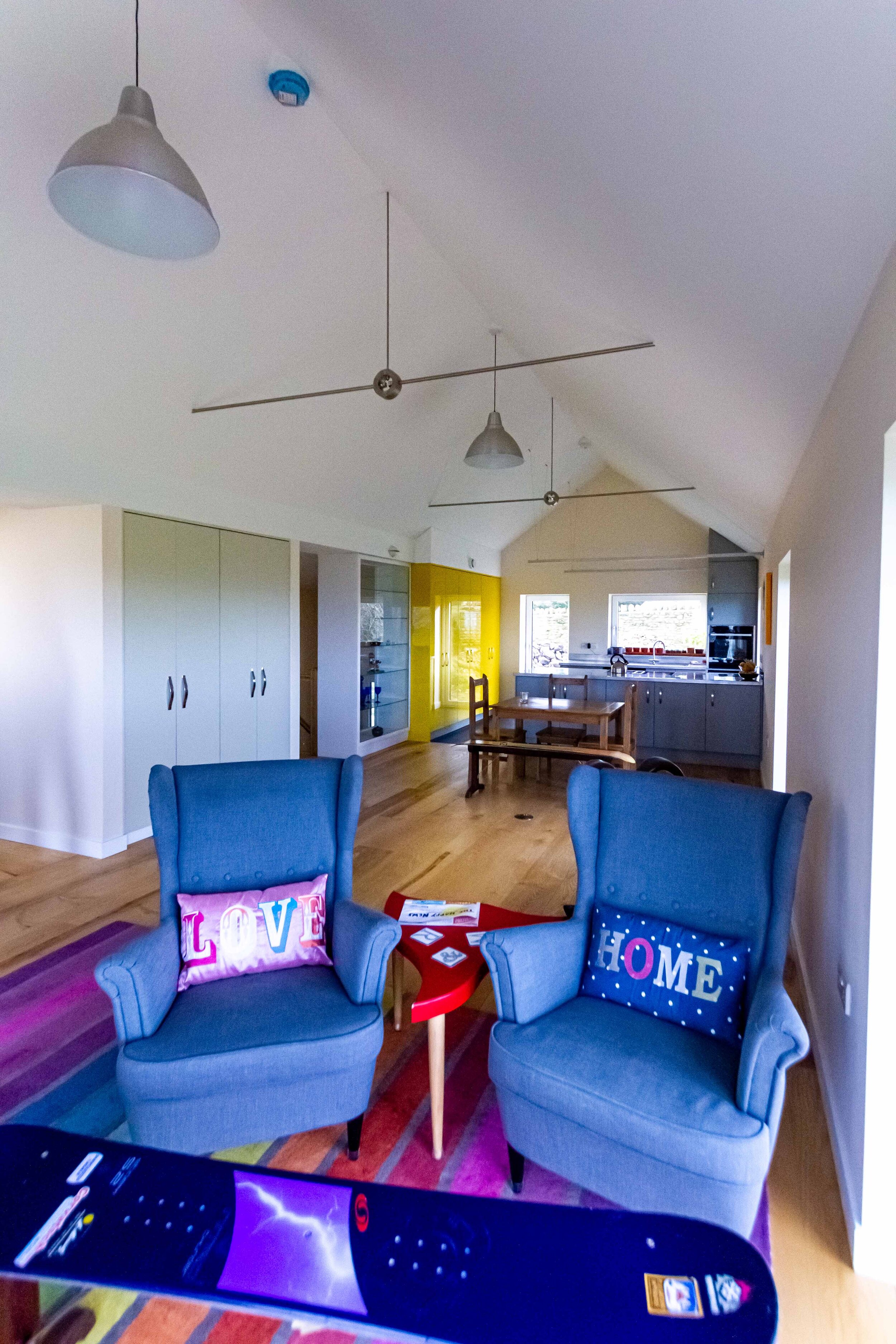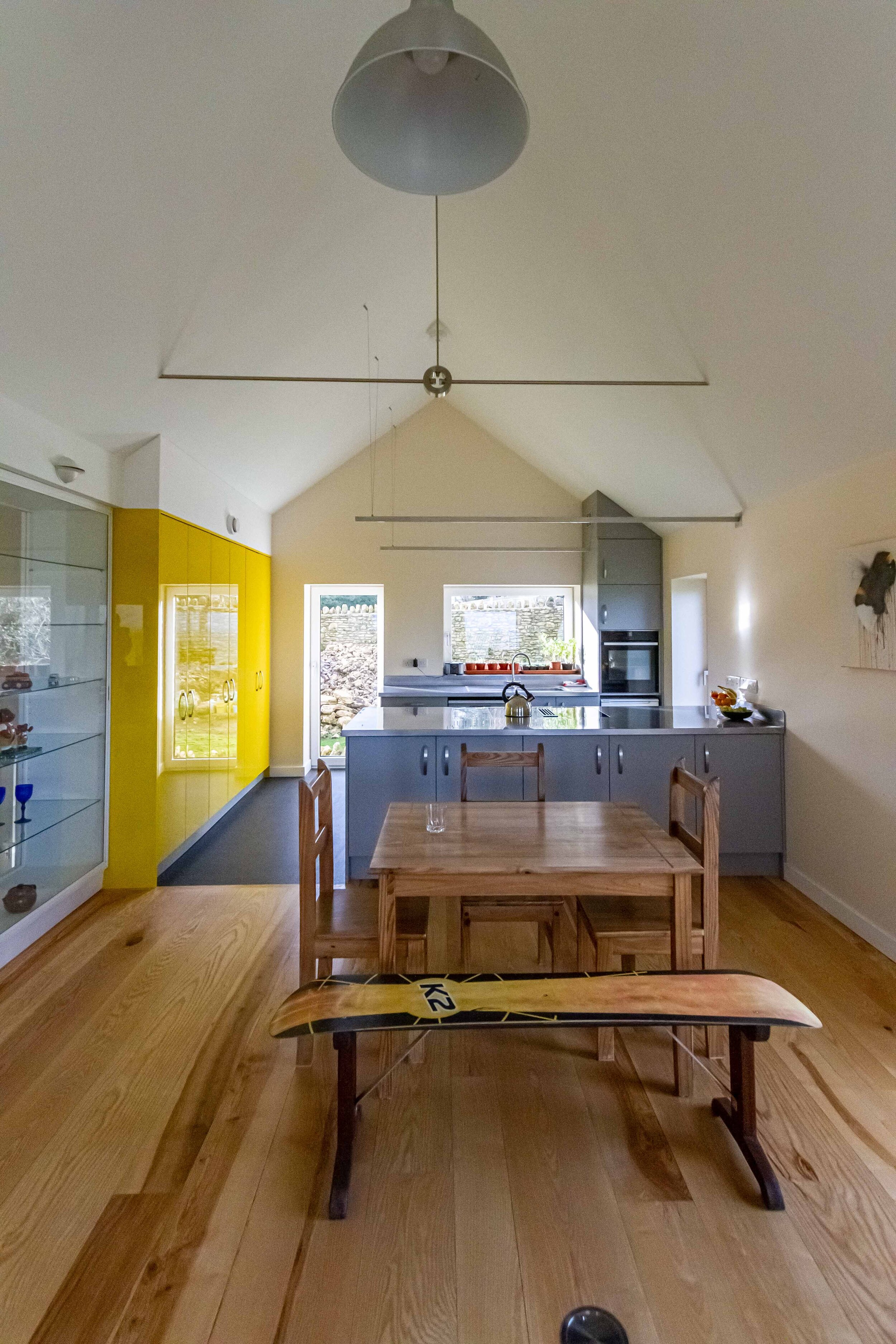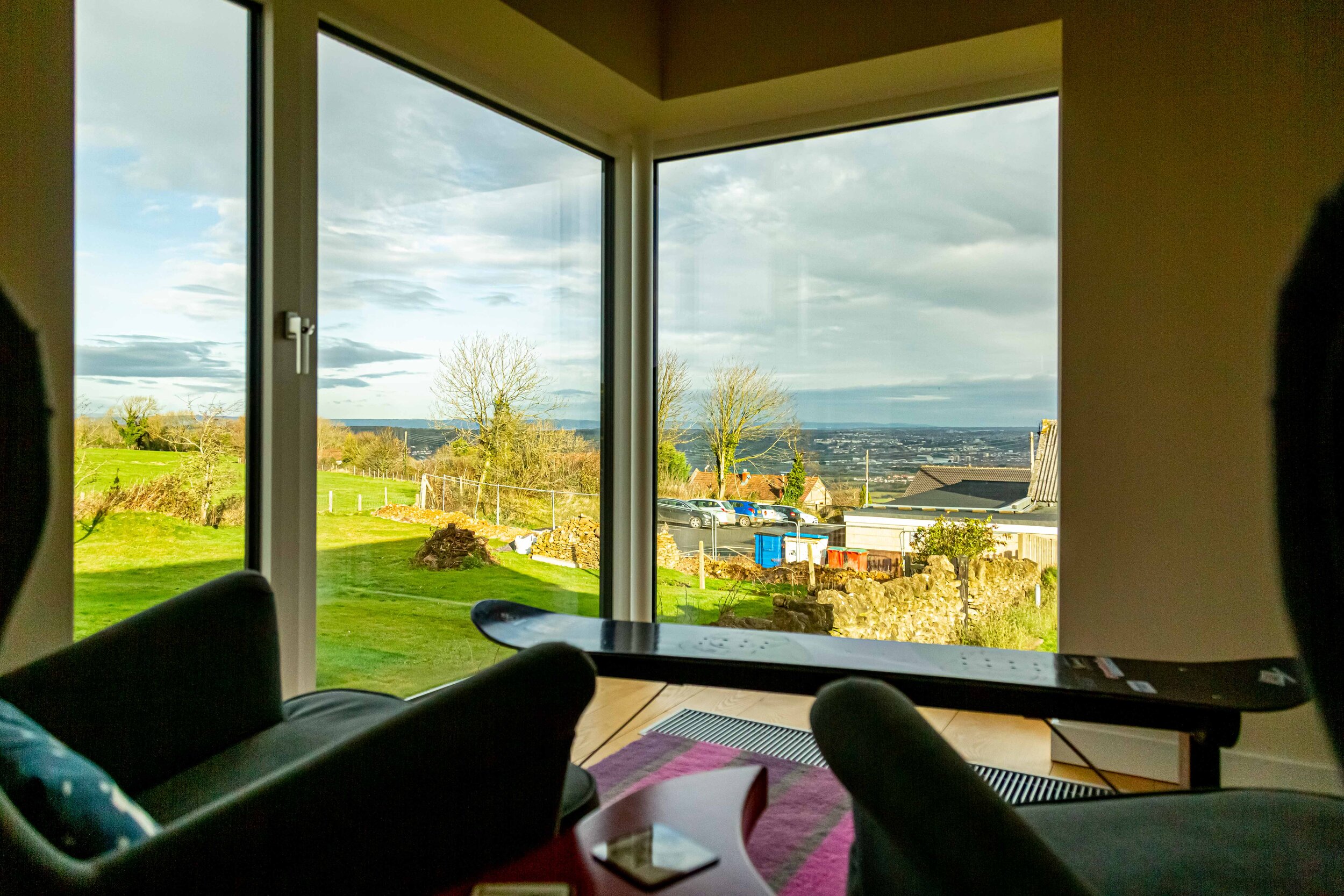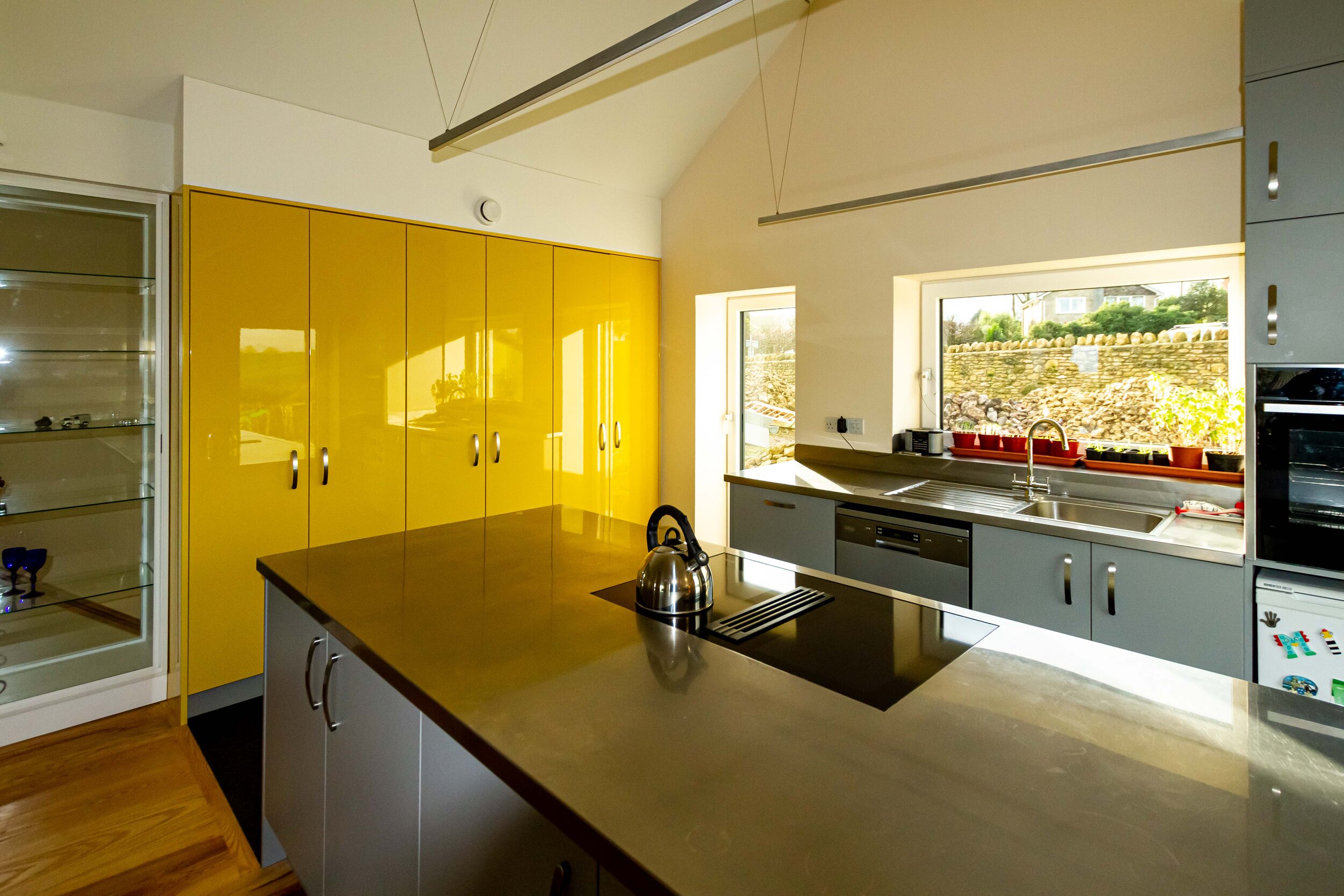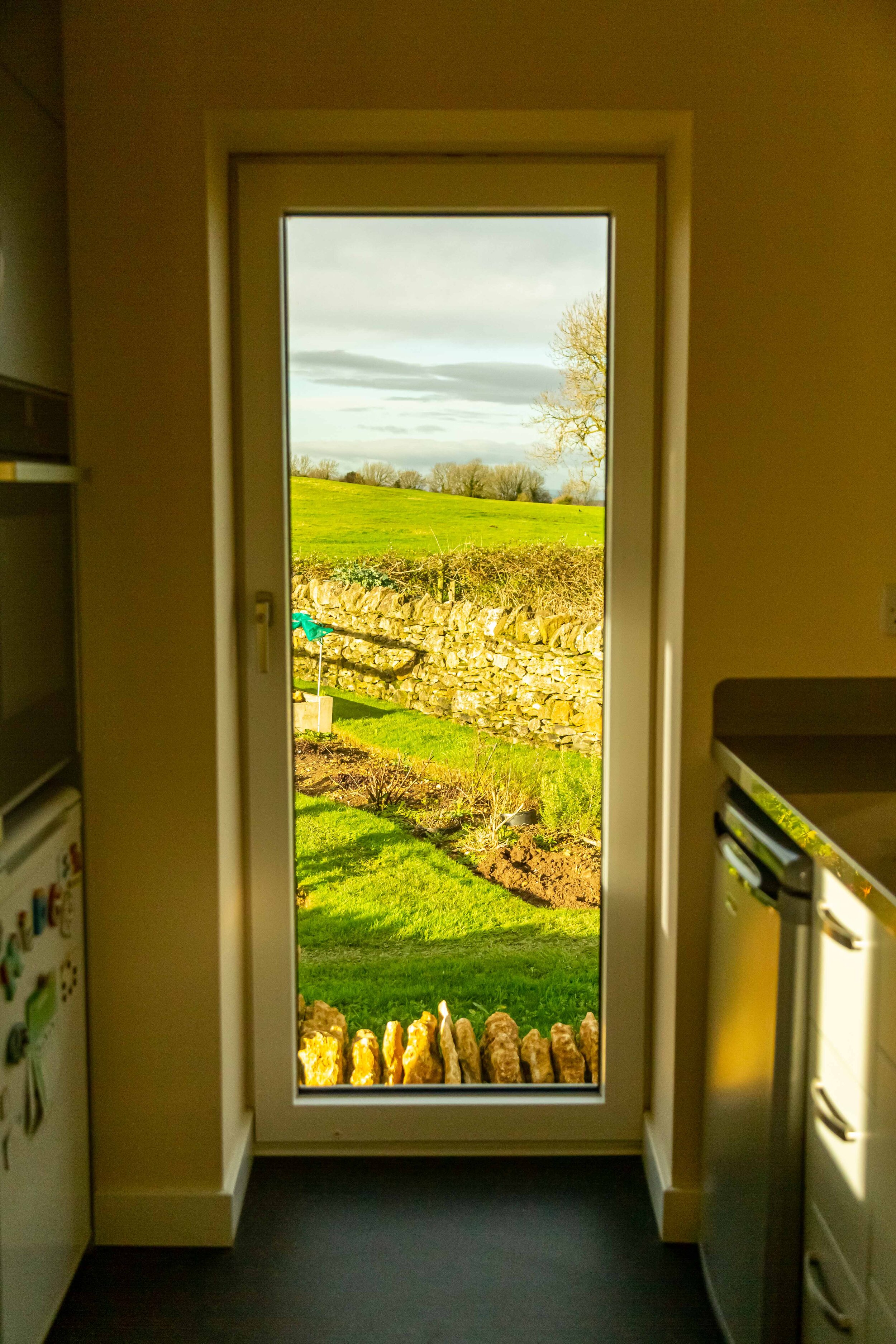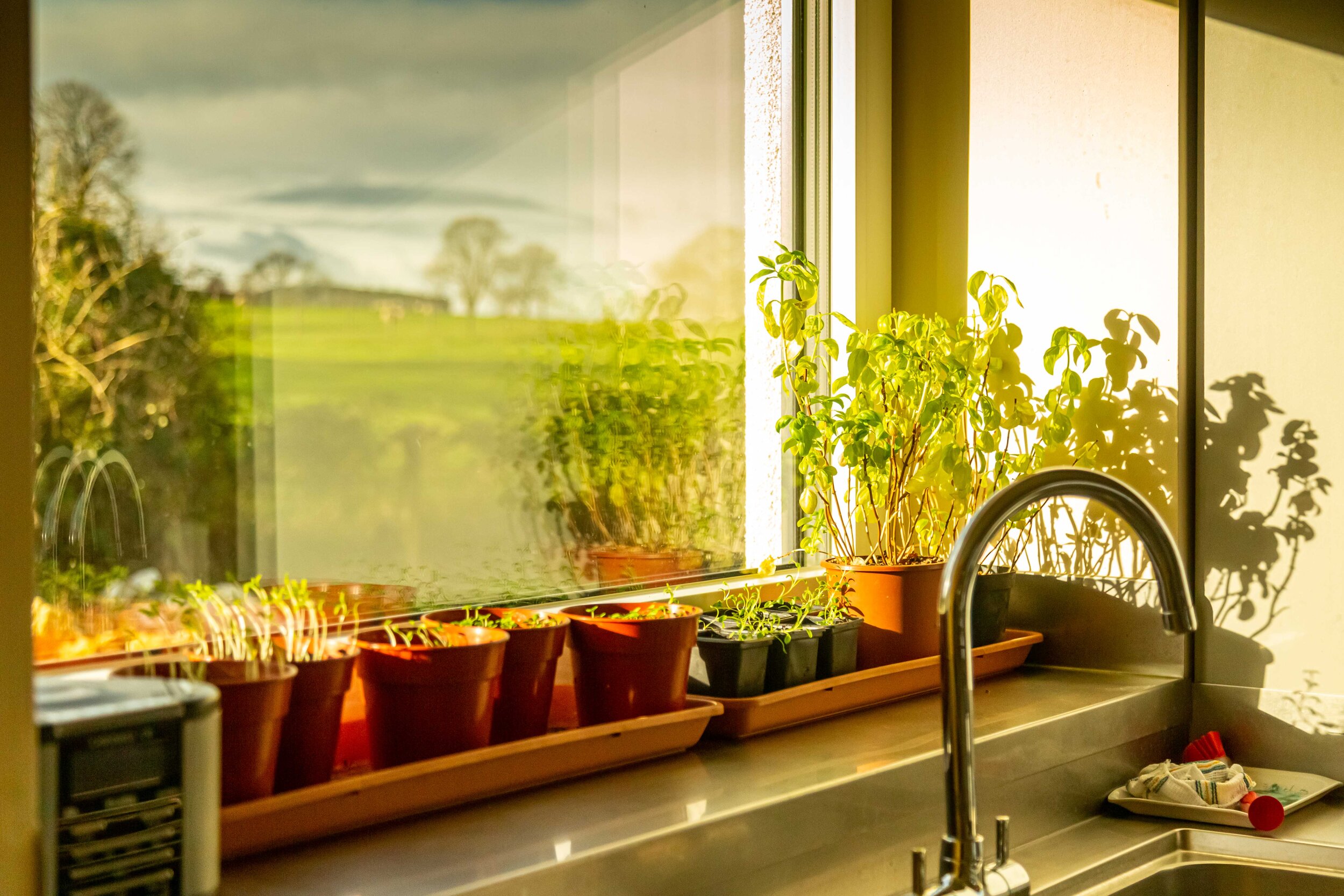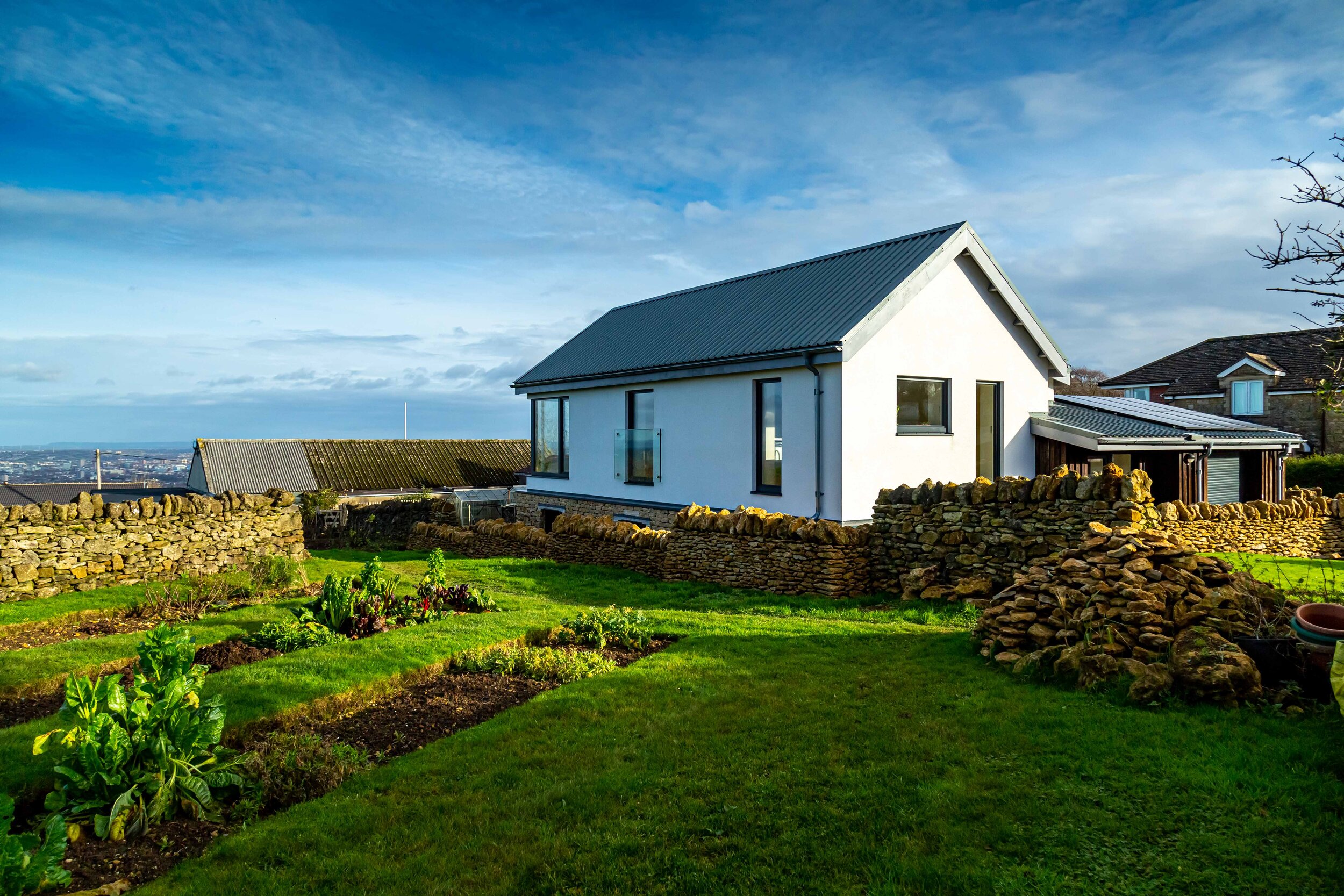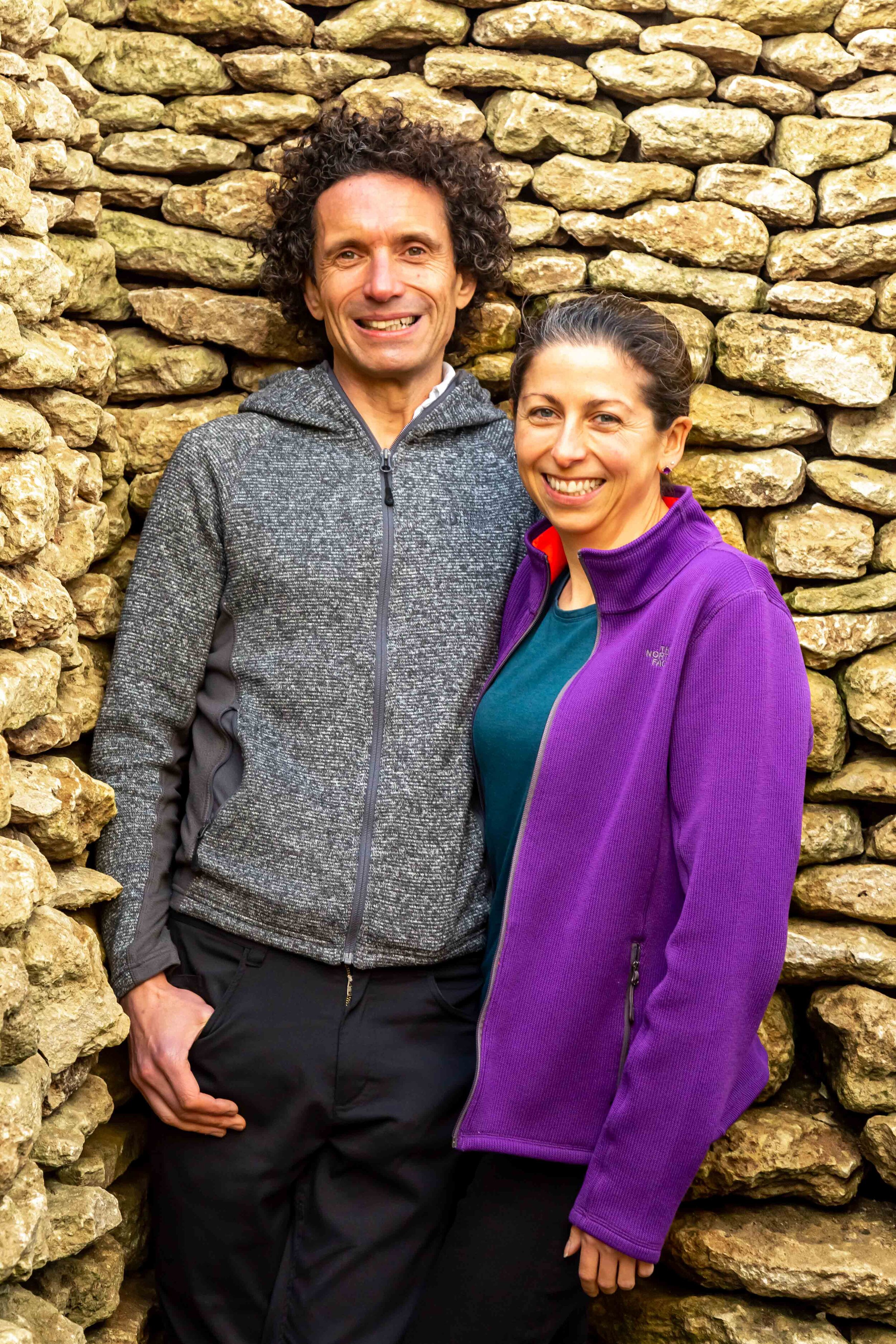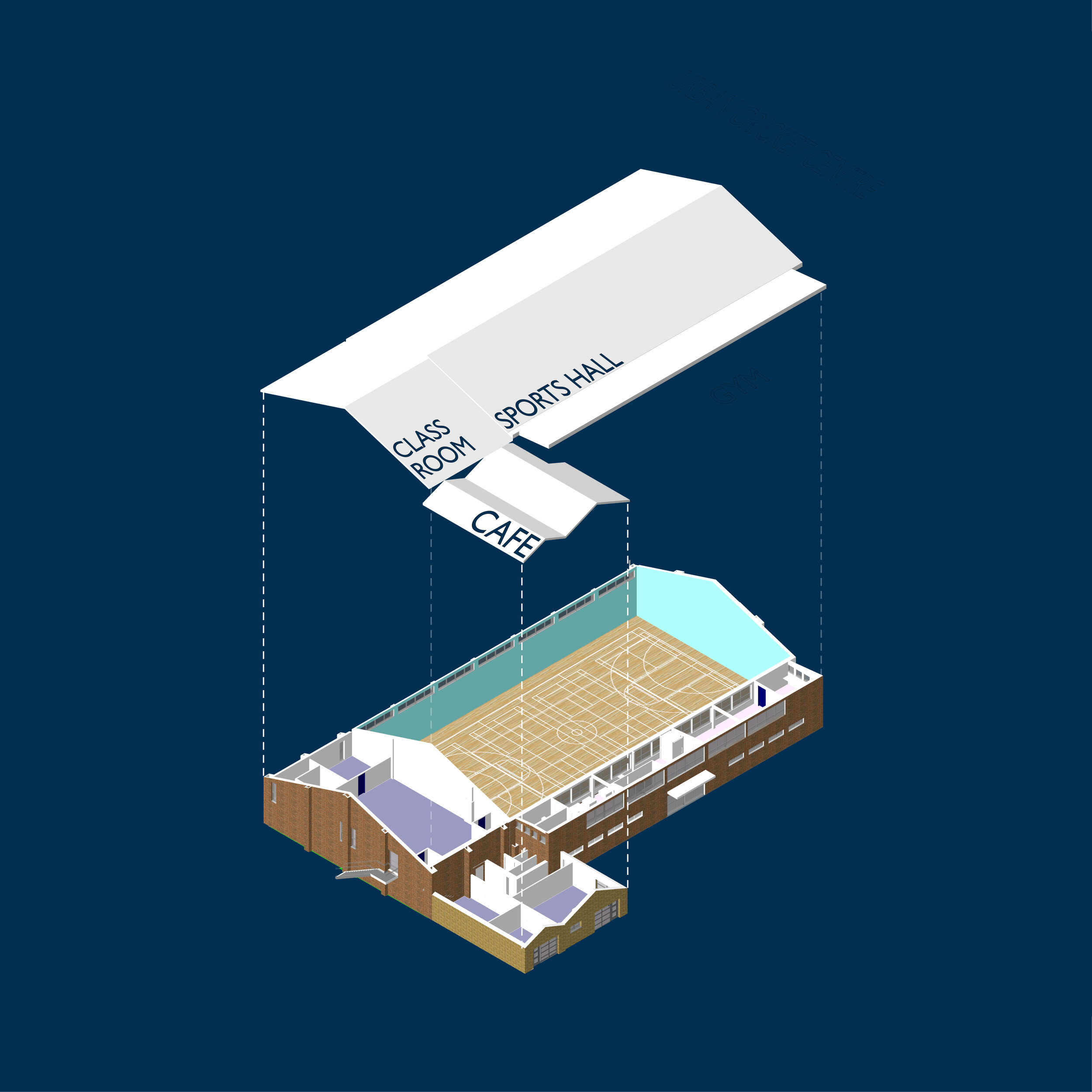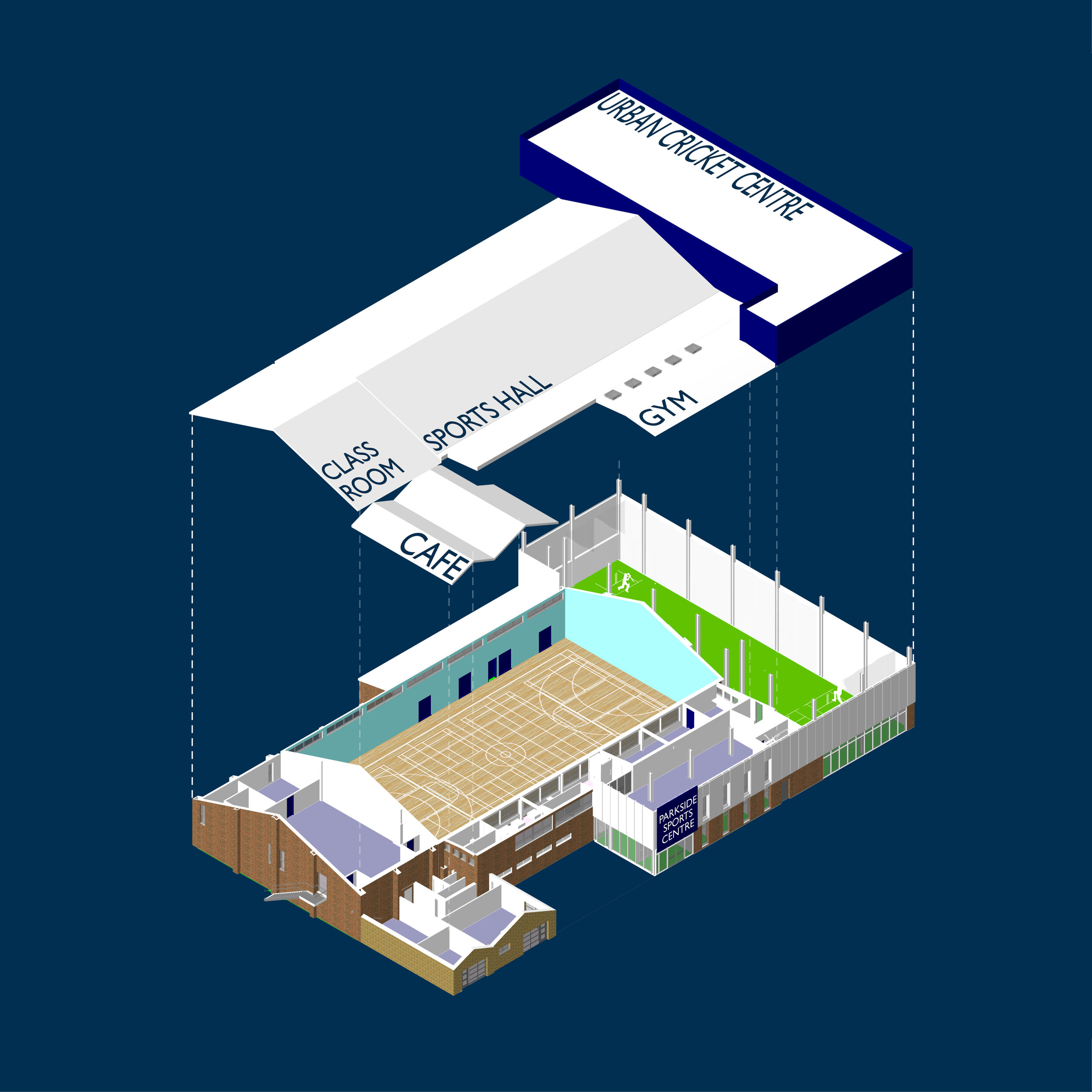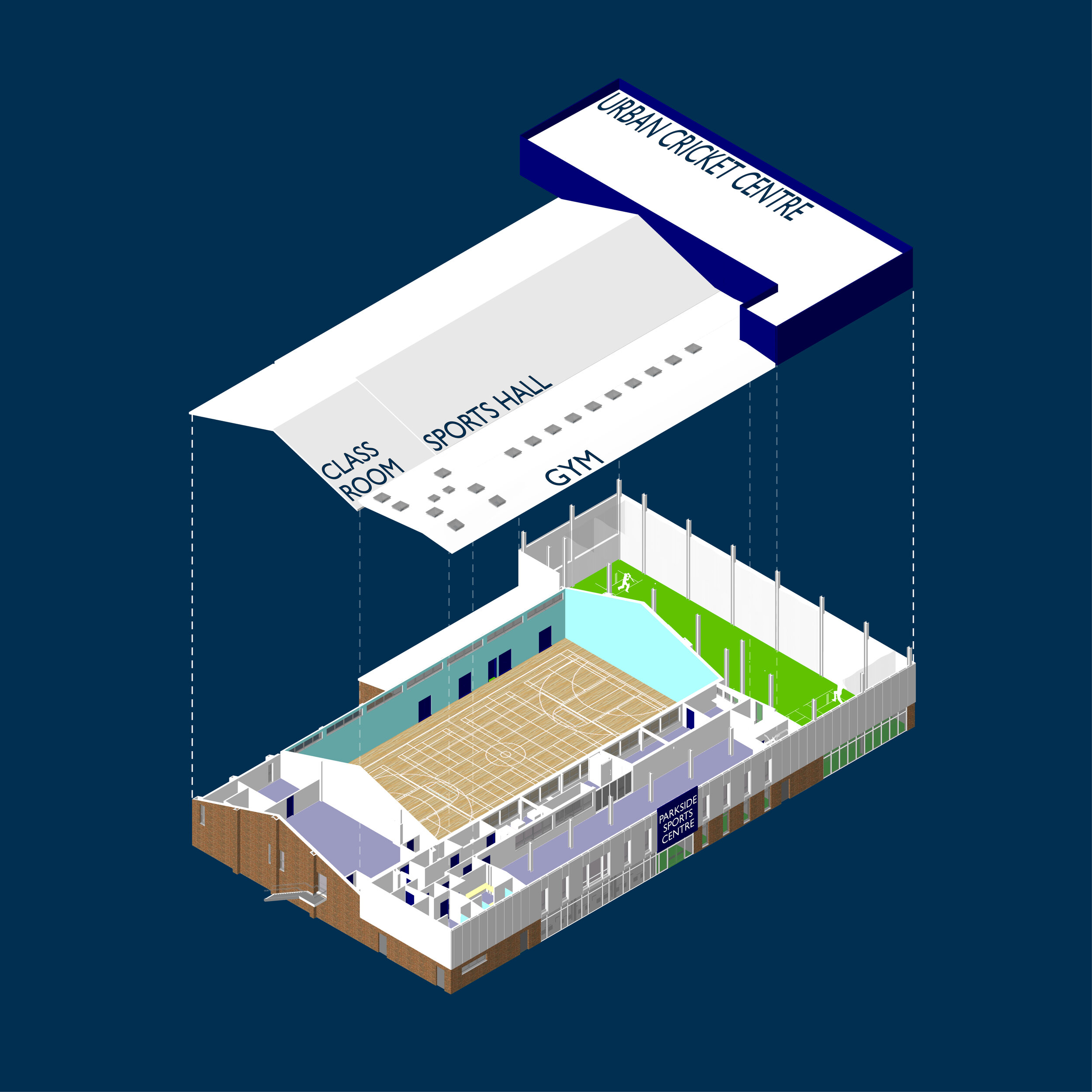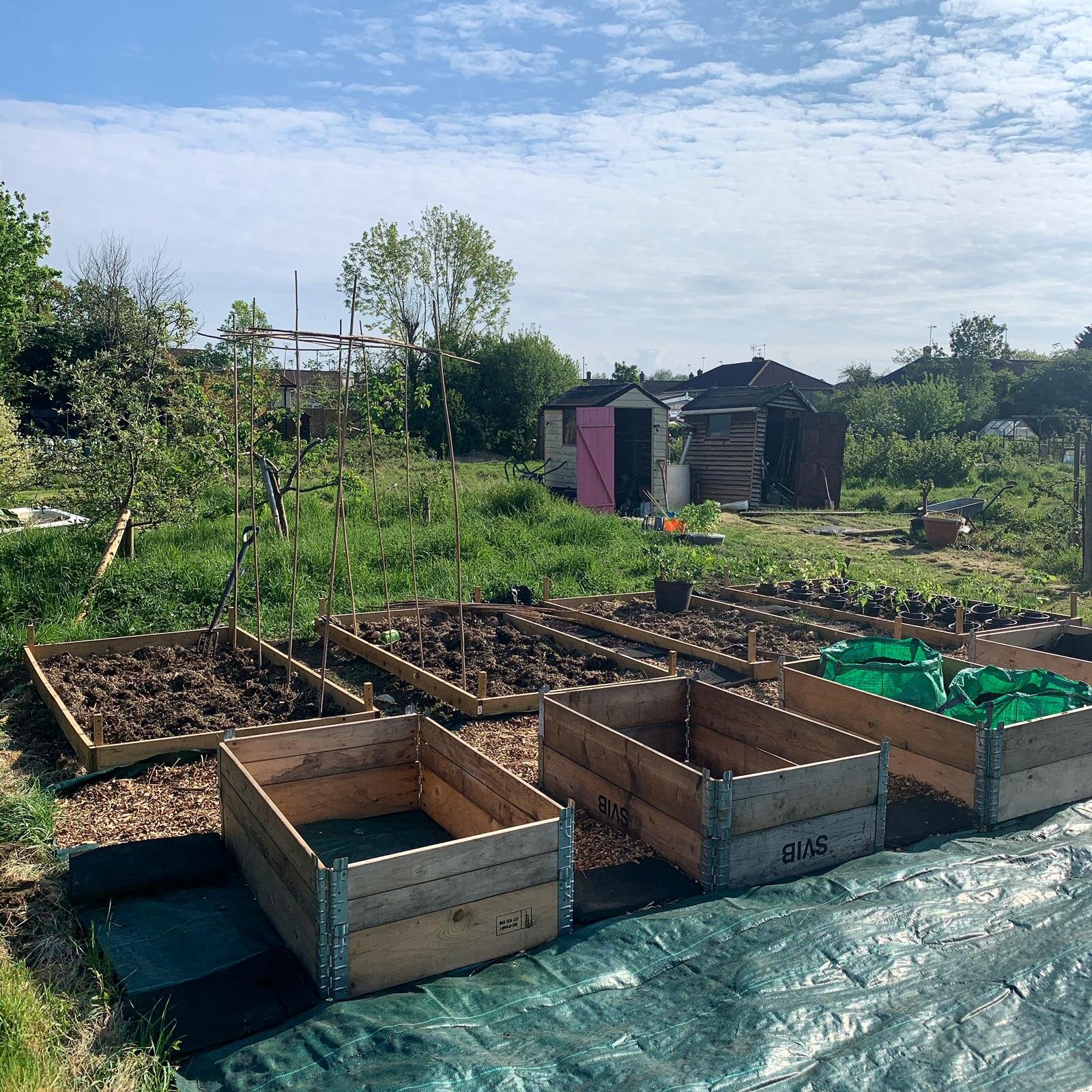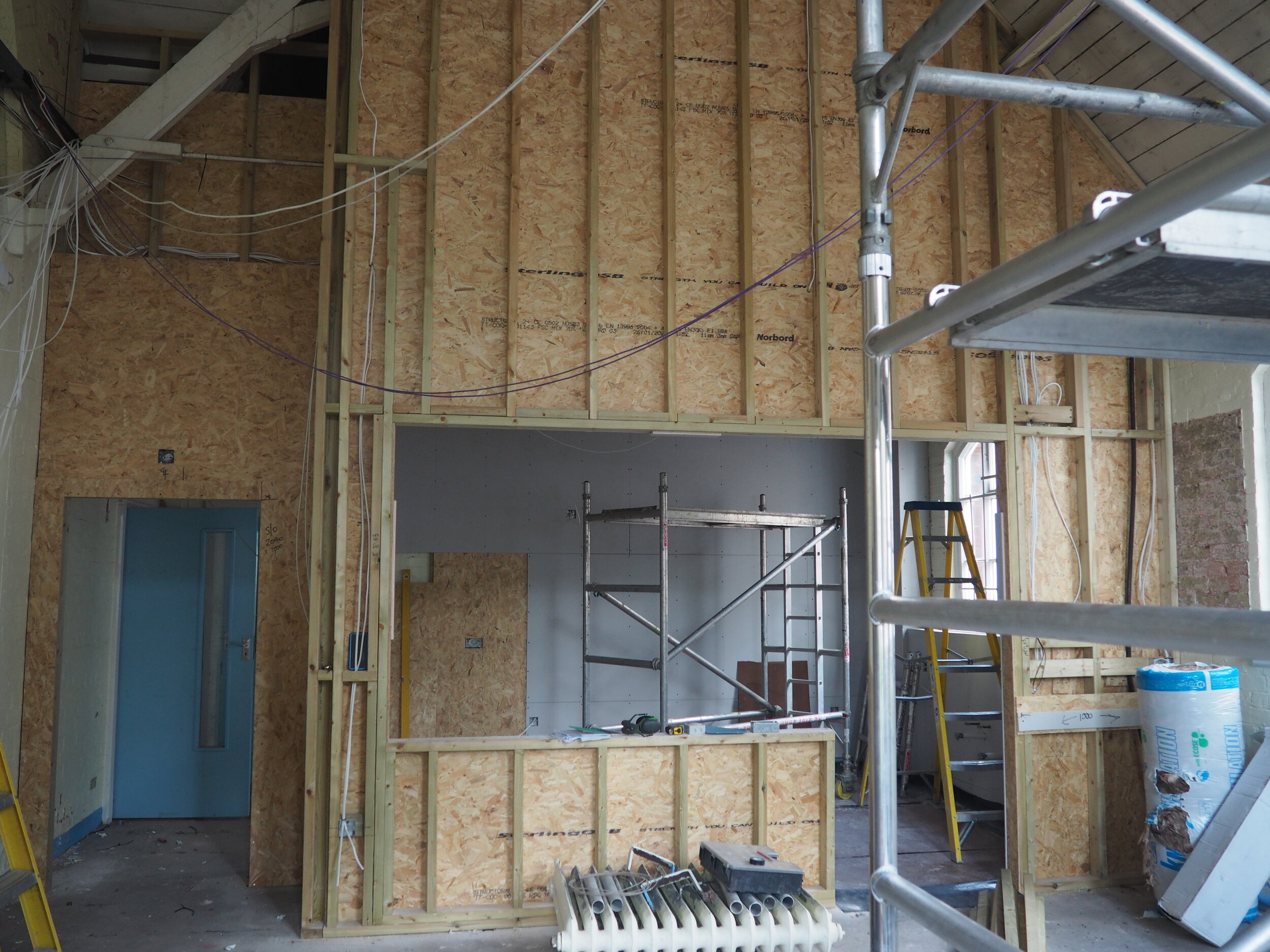How has living in a Passivhaus standard dwelling affected the quality of your life? Have you experienced a significant reduction in your energy bills?
To be honest it is very much what we were expecting – but I think that is because we had done a lot of research. A real positive is living in a house that is draft-free, it is hard to describe what it’s like to open a window and nothing happening. If we want to get the outside air in, on say a lovely sunny day, you need to open two windows otherwise nothing happens! It is a very strange experience.
We live close to Bristol Airport and have noticed less noise from the planes. We were worried the metal roof would have been noisy when it rained, especially with a vaulted ceiling inside, but it’s so well insulated, it has not been a problem.
Our energy bills have dropped by about 70% from the old house that was on site. Having 4.5KW of solar PV panels on the roof has significantly reduced our electricity use. We have also made some other adjustments of how we live to maximise the use of the PV when we are generated, like putting the dishwasher on in the morning rather than after dinner and doing an extra load of washing on sunny days.
Our hot water from March to October is heated by the PV panels and the house requires no heating over this period, so that is a great time of year for us. For the winter months, we have a log burner in the garage that heats a large thermal mass which tops-up the remaining hot water and heat requirements. We light the log burner once every 5 days, but this depends on the weather. When we have sunny winter days the windows on the south side of the house provide some amazing heat gain and the PV panels will also generate.
The other bill that we have seen drop has been our water bill. We decided to invest in a rainwater harvesting system and bury a 3,000-litre tank below ground. This tank serves the toilets and washing machine. It was a big upfront investment, but we felt it was easier to do from the start when we already had diggers on site than to try to retrofit in the future. Currently we are estimating about a 50% saving on our water usage.
Condensation was a real issue in our old house having to use the “window vac” every morning to clear the glass on the inside. Now we have a different condensation issue, in certain weather conditions it is on the outside as the glazing is so well insulated.
Another area where we have noticed a difference is in the bathrooms. Its lovely not having extractor fans running all the time to clear the steam and there is no mould build up, even on an internal bathroom. The MVHR monitors the moisture in the air as it extracts and just boosts the ventilation as and when required. This means all the condensations in the bathroom clears a lot quicker.
It is amazing to have a large open plan living, dining and kitchen area upstairs, which is always warm. To have such a large space warm all the time has been fantastic. Slightly cooler bedrooms downstairs is also a benefit of having ‘flipped’ our house from a traditional layout.
We are also able to confirm that MVHR units are not noisy, ours is located in a cupboard in the middle of the house and we do not hear it. Do not be put off by MVHR units, when fitted right, without tight bends in the ventilation pipe and when well supported and fixed, they make no noise at all.
A slightly strange benefit of such a well insulated house is that the large windows aren’t cold spots, so you have an even temperature throughout which means you can fully utilise the space.


